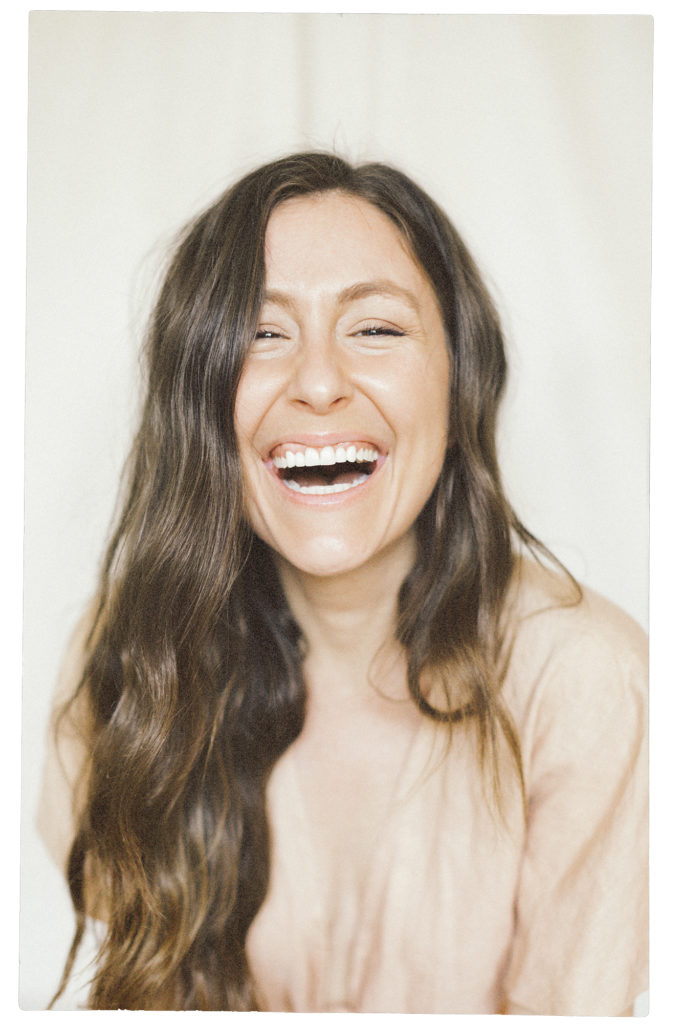
Let’s face it: we’re all spending a whole lot more time indoors these days than we might have thought for this time of year. And now that the temperature is warming up and plants are sprouting their cute little buds outside, I’m sure we’d all love to go do a frolic-filled photoshoot in a freshly blooming field right about now. And even though it might be awhile before we can do just that, using this time indoors to rejuvenate our hearts and souls as much as possible is so important. For some of us this means cuddling up with a pet to binge watch a new show (if you haven’t watched Mythic Quest yet, Murph and I freakin’ loved it!) while for others it means doing some serious reorganizing of our closets and, well, lives.
Just because we’re all practicing social distancing right now by staying indoors doesn’t mean that our cameras have to start gathering dust on the shelf or our businesses have to be put on hold. Chances are you’re going to have a huge burst of creative energy at some point—and probably when you least expect it (because isn’t that just how it always works?). And, as all photographers know, when that spark of creativity finds you, you have to be ready to shoot. So, you might be wondering, How on earth am I supposed to be creative and shoot anything interesting when I’m stuck in my poorly lit, clothing-covered apartment? Well, go ahead and pick up those clothes girl, and get ready to create the most gorgeous indoor lighting your home’s four walls have ever seen.
The truth is, sometimes life gives you lemons (or, you know, a whole bunch of lemons that cause you to stay in your house and cancel all your plans for months), but can you guess what we can do with these lemons? Make some delicious lemonade (sorry, I couldn’t help myself). But, seriously, sometimes in life our circumstances just aren’t ideal, and the same thing goes for when we’re shooting. Sometimes we’ll have the most incredible idea for a shot only to find that the lighting just isn’t cooperating. But just like we can make the best out of our situations in life, we can also make the best out of our situations in lighting. Let’s dive in.
When I first started shooting, there were a lot of things that I didn’t understand yet about creating the perfect shot (for instance, that it’s often you selecting the weird setting, not your camera taking a funky picture!), and this included lighting. I was approaching lighting as a sort of limitation—it was either there or it wasn’t, and there wasn’t a single thing I could do to change that. But, as with most things in photography, lighting is what you make of it. It took me years and years of studying images, troubleshooting, and practicing before I really refined my eye and realized that capturing beautiful lighting depended on me. That with the right technical skills and understanding, you can make just the right tweaks to create just about ANY light you want in ANY situation. Yes, ANY (even when the lighting is a photographer’s worst nightmare).
To me, lighting is one of the most exciting, amazing, and creatively stimulating parts of photography. And if you approach it with patience (and a little know-how), your creative opportunities are absolutely limitless. So, I put together some of my favorite tips and tricks to help you create the best indoor lighting possible, all with the help of things you already have in your home (no strobes or fancy tools needed!).
Figure Out The Direction Your Light Is Coming From
Before you grab your camera, take a full day to lounge around your room or apartment and take note of how the natural light filters in through your doors and windows, and how these lights interact with one another. Take note of how the light shifts and changes throughout the day and write down the times and places where the lighting feels the best for the types of shots you might want to take. Here are a few things you might want to ask yourself while gazing out of your windows:
When is there the most natural light in this space?
When does the sun create beautiful, moody shadows on the walls?
What’s the best time of day for lighting; sunrise, midday, or sunset?
Find the time of day that excites you the most and write yourself a note about when it is and why it sparks your creativity.
Once you have a good idea of how the natural light acts in your space, you need to determine the light direction. You do this by bringing as much light into the room as possible by opening up all the blinds, windows, and doors you can. This will help you create the most even natural light in your space possible, which is super important for the next step…
Figure Out Where Your Shadows Fall
Once you’ve set up your scene and have a good feel for your light directing, you need to figure out where all your shadows fall. This is super important because it’ll show you how to position your subject in the most flattering light. To do this, you’ll need to face your subject directly toward the light source, eliminating all the unwanted shadows. You’ll most likely find this kind of light source in front of a door or window. One fun trick for figuring this out is to use your phone’s camera on selfie mode while standing in front of the light; then just move your face back and forth to see how the light changes on your face. Once you find the spot where all the shadows are gone and the light is even, you’re ready to start shooting!
Bump Up Your ISO (But Not Too Much)
When you’re trying to nail the perfect lighting, ISO is going to be the most important technical tool to work with on your camera. The ISO determines just how sensitive your camera is to the light in the scene, which you can increase or decrease depending on the amount of light you’re working with. The less light in the scene, the more you’ll want to increase the ISO; the more light in the scene, the more you’ll want to decrease the ISO. So, if you’re working with limited lighting, increasing that bad boy will brighten up your shot a ton! BUT! Don’t increase it too much, because then you risk introducing a whole bunch of unwanted noise into your shot.
Want to spice things up a bit? Here’s a bonus tip!
If you want to flex some of your technical muscles while stuck indoors, add a make-shift light modifier into the mix to add some fill light to the space. Using a neutral colored object that you already have in your home, like a white sheet, will create an effect similar to a reflector by helping to bounce soft light around the room.
Now that you have a few new tools in your photography toolbelt, take a look at your space with new eyes: are there light sources you hadn’t noticed before, or interesting shadows that you can play with? Try to see if there are new ways that you can push your creative limits while embracing the limitations of your space. Is there something that you may have overlooked that could become a beautiful scene to shoot in with a little lighting help?
If you’re up for it, here’s a fun little creative challenge for you:
Setup a cute little self-portrait scene in your own home with the help of the tips above in a place that you never would have thought to before. Find the perfect angle and lighting, and then take a self portrait! Then, let’s all share the self portraits we create with one another by using the hashtag #selfielovehf
Here, I’ll start: 😊
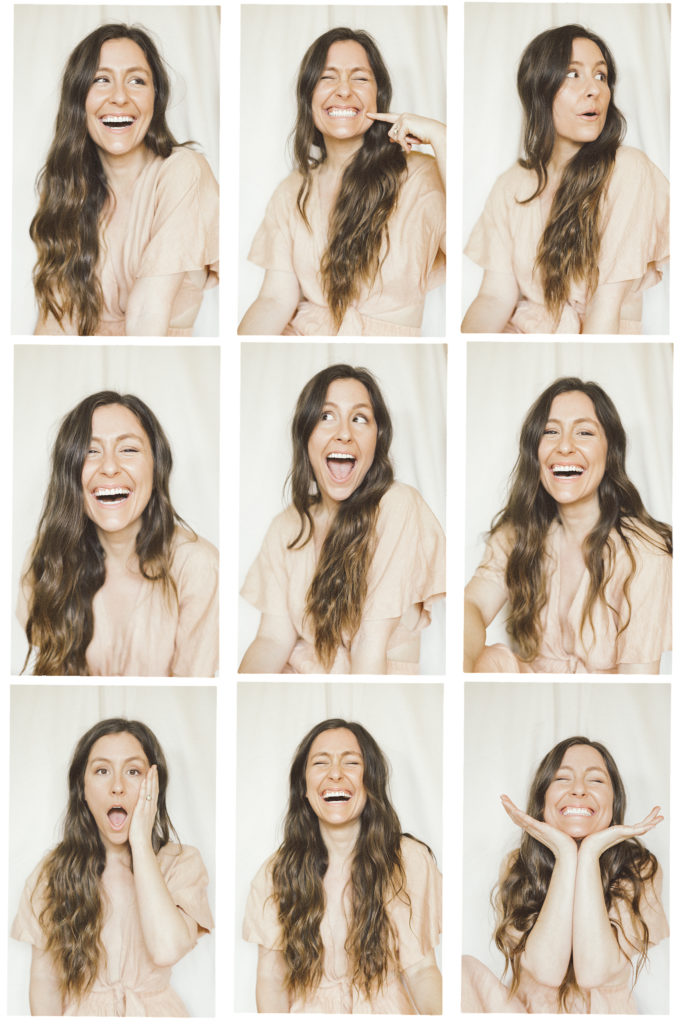
Now, let’s all show ourselves (and each other!) a little selfie love. I can’t wait to see what you create!
Feel like connecting with other female photographers like you? Join our Private Facebook Community group where you’ll be welcomed with open arms. It’s a place where you can share your work, find inspiration, and ask for advice from all of our amazing members. Click Here to join!

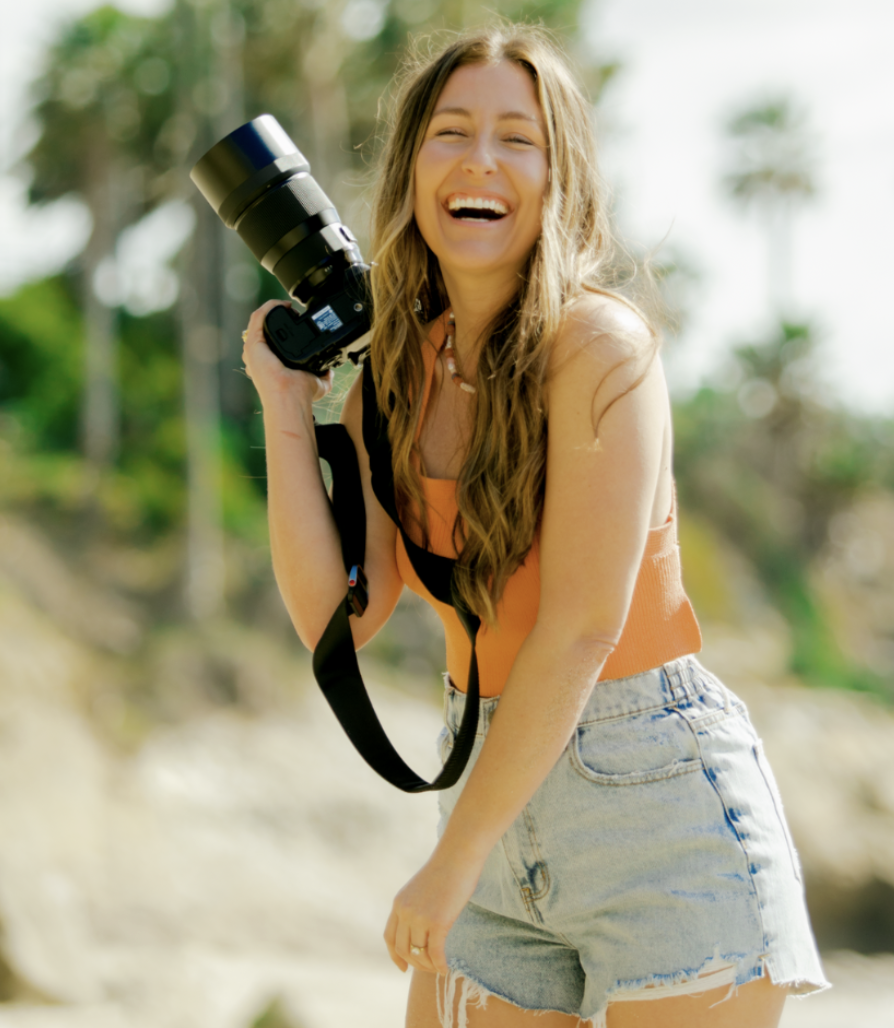





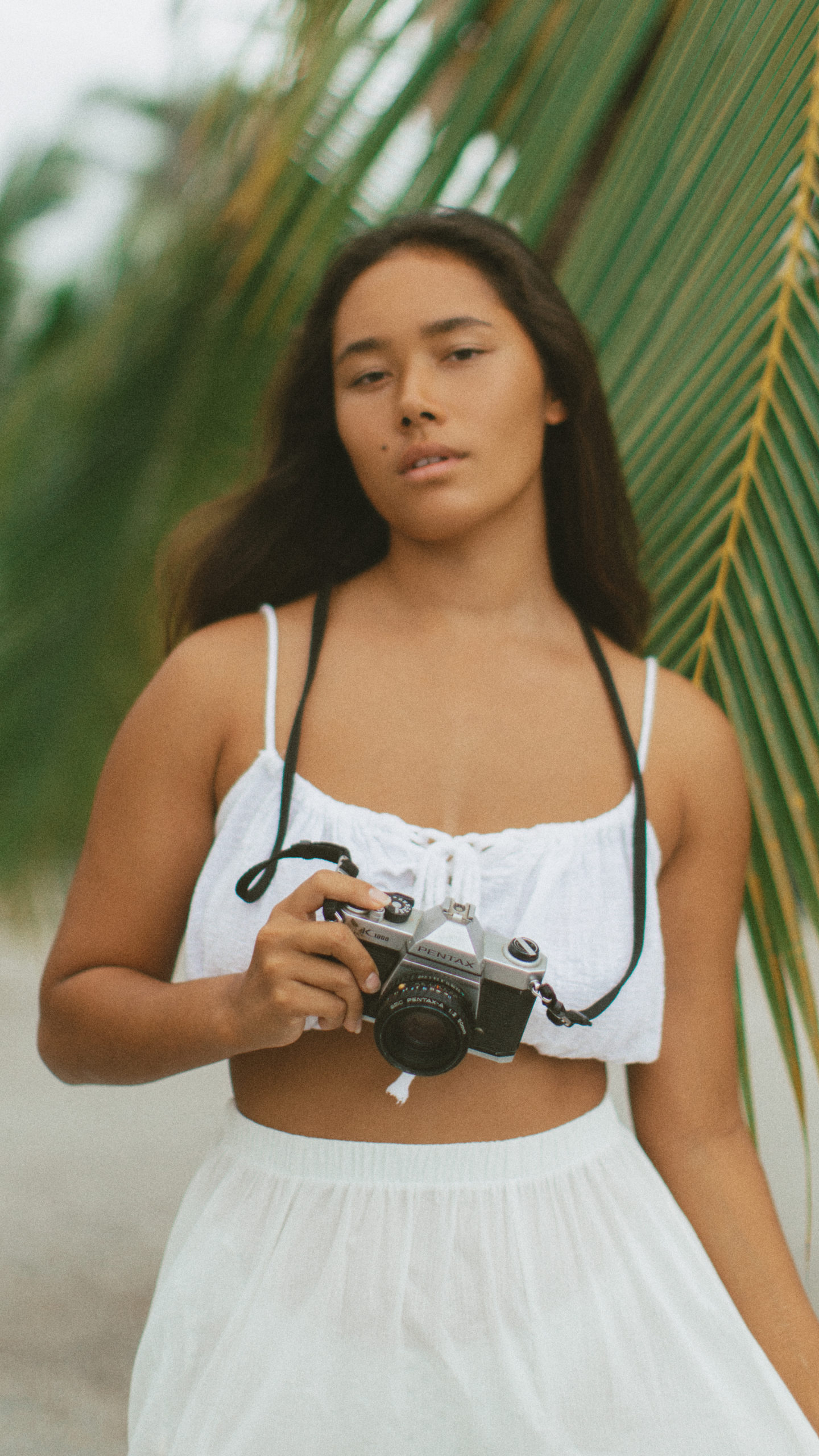
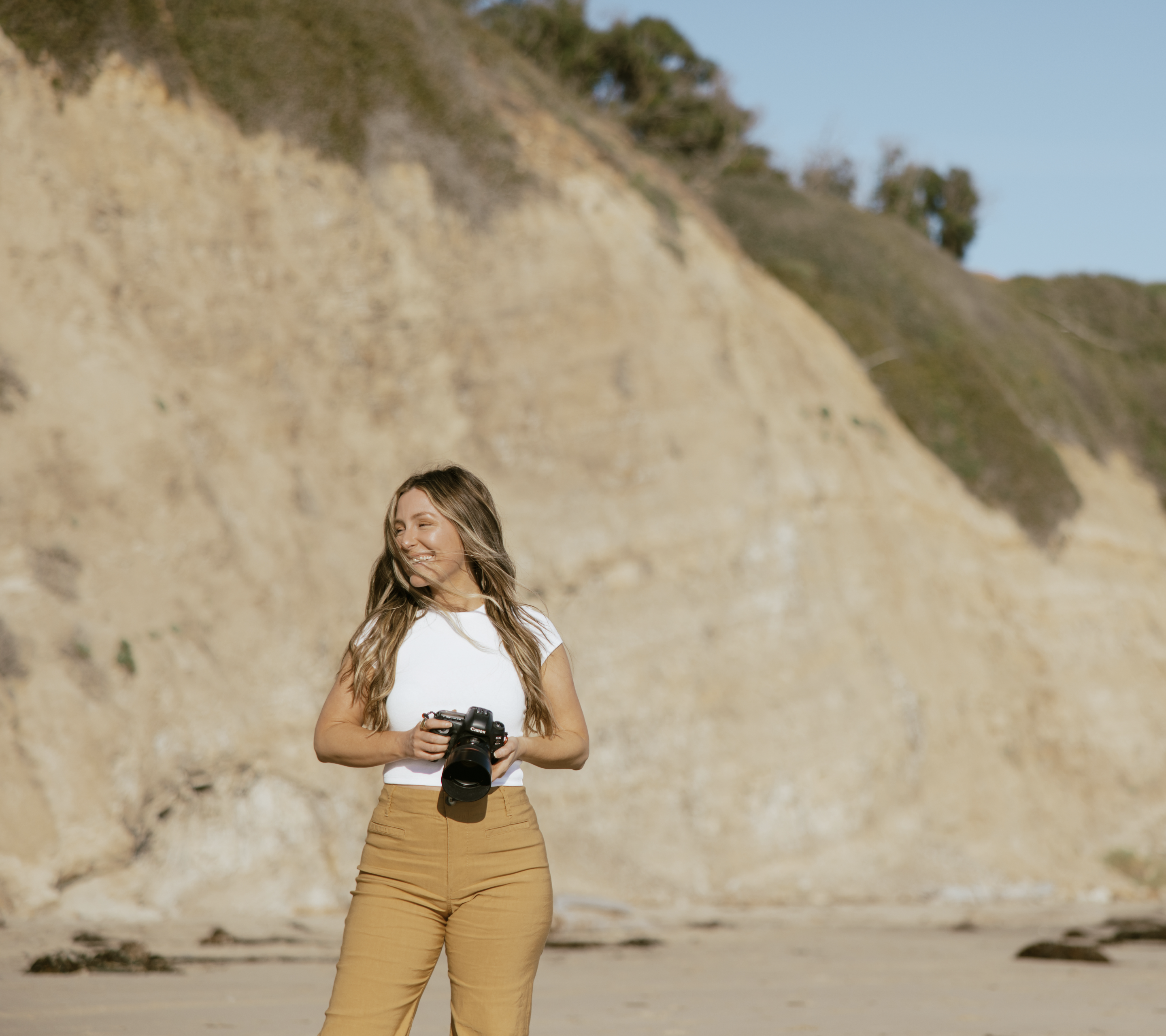
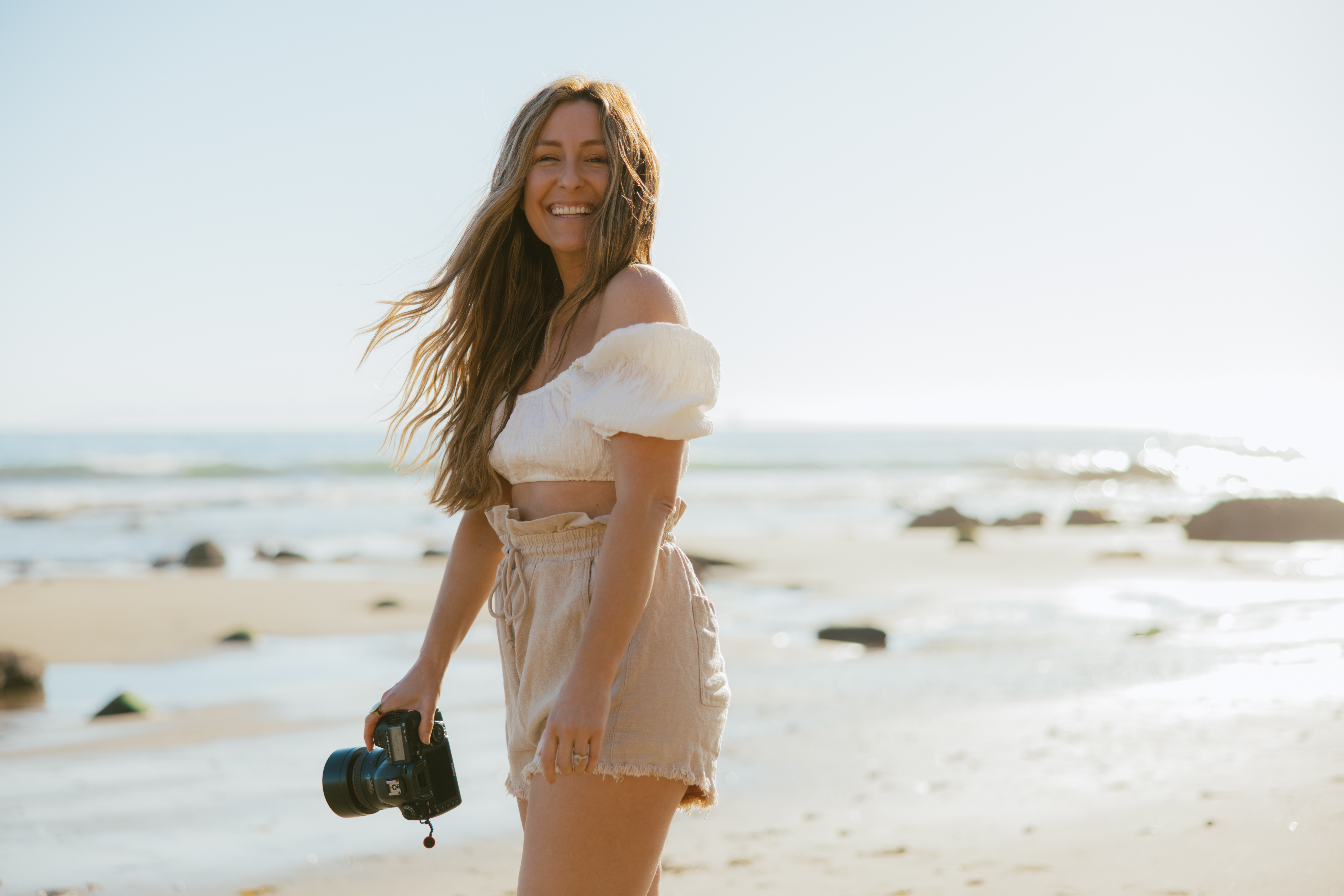
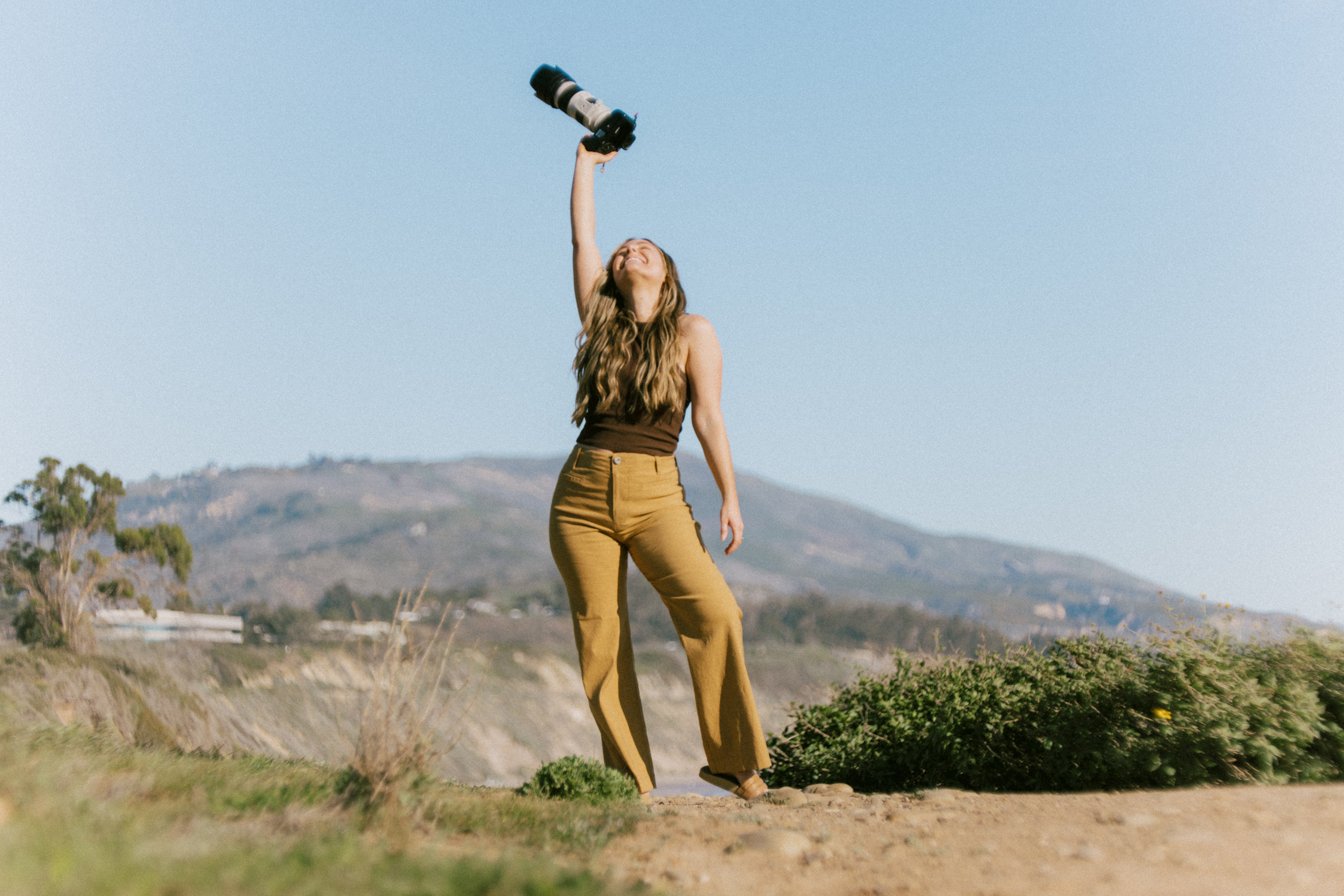
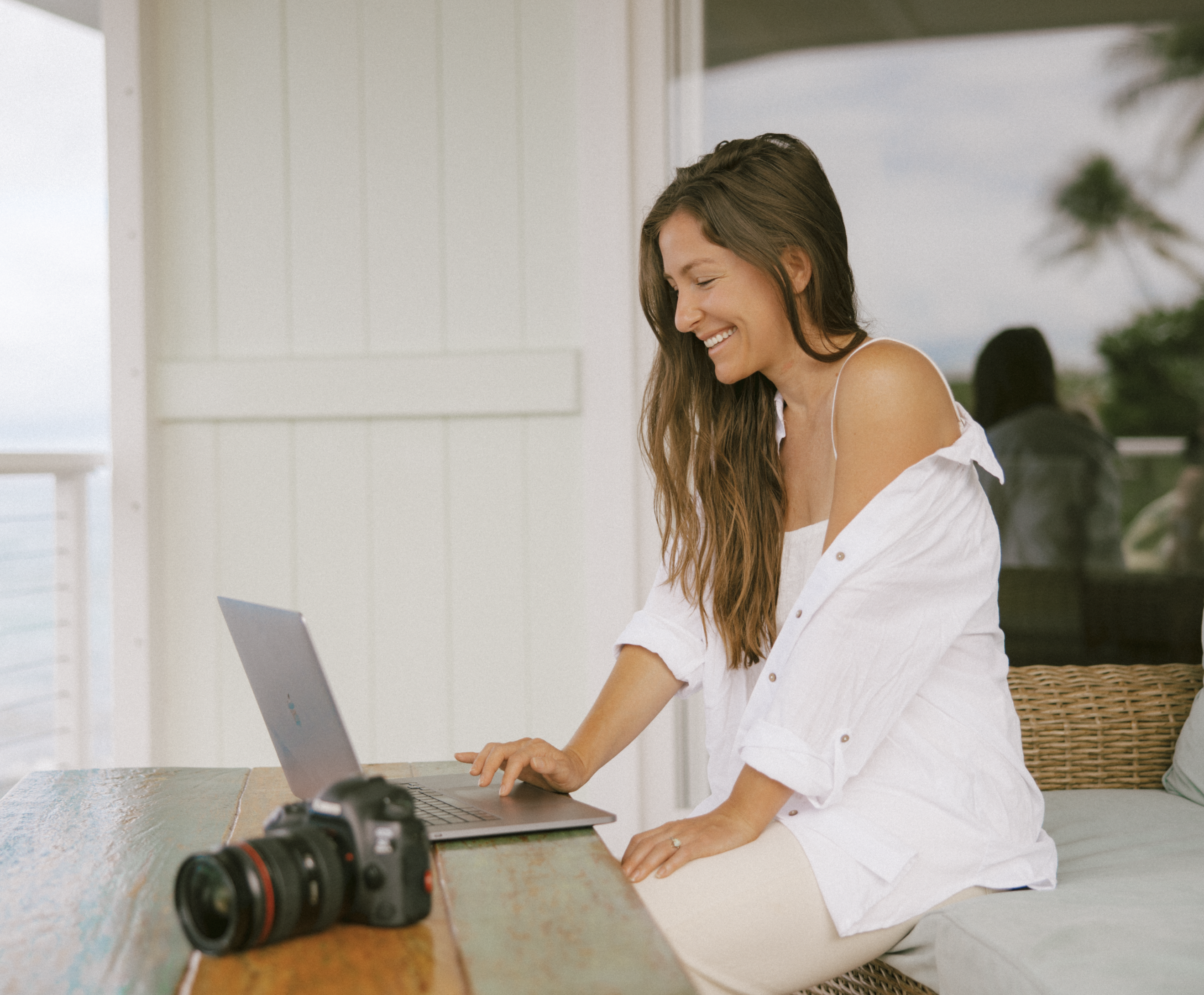


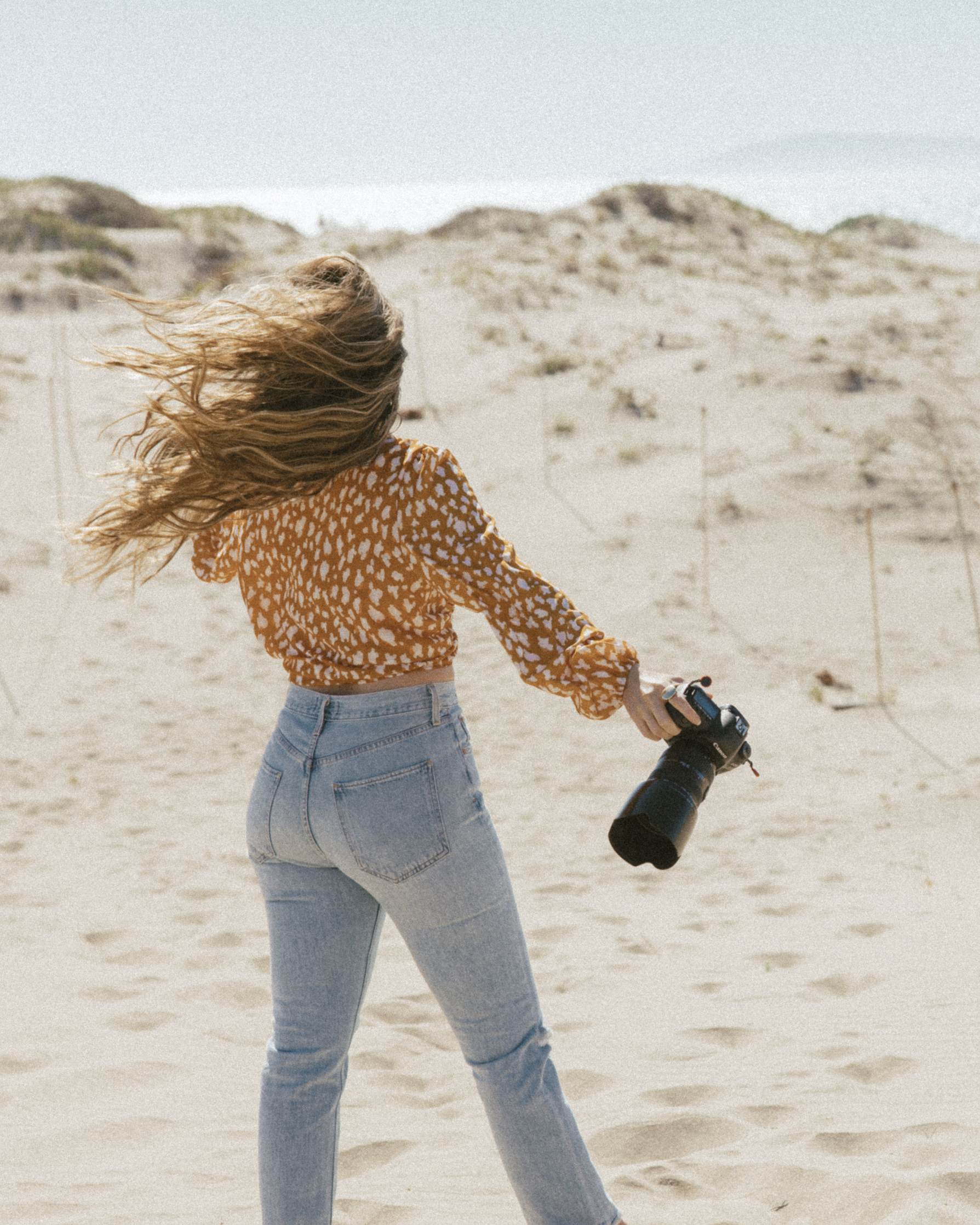
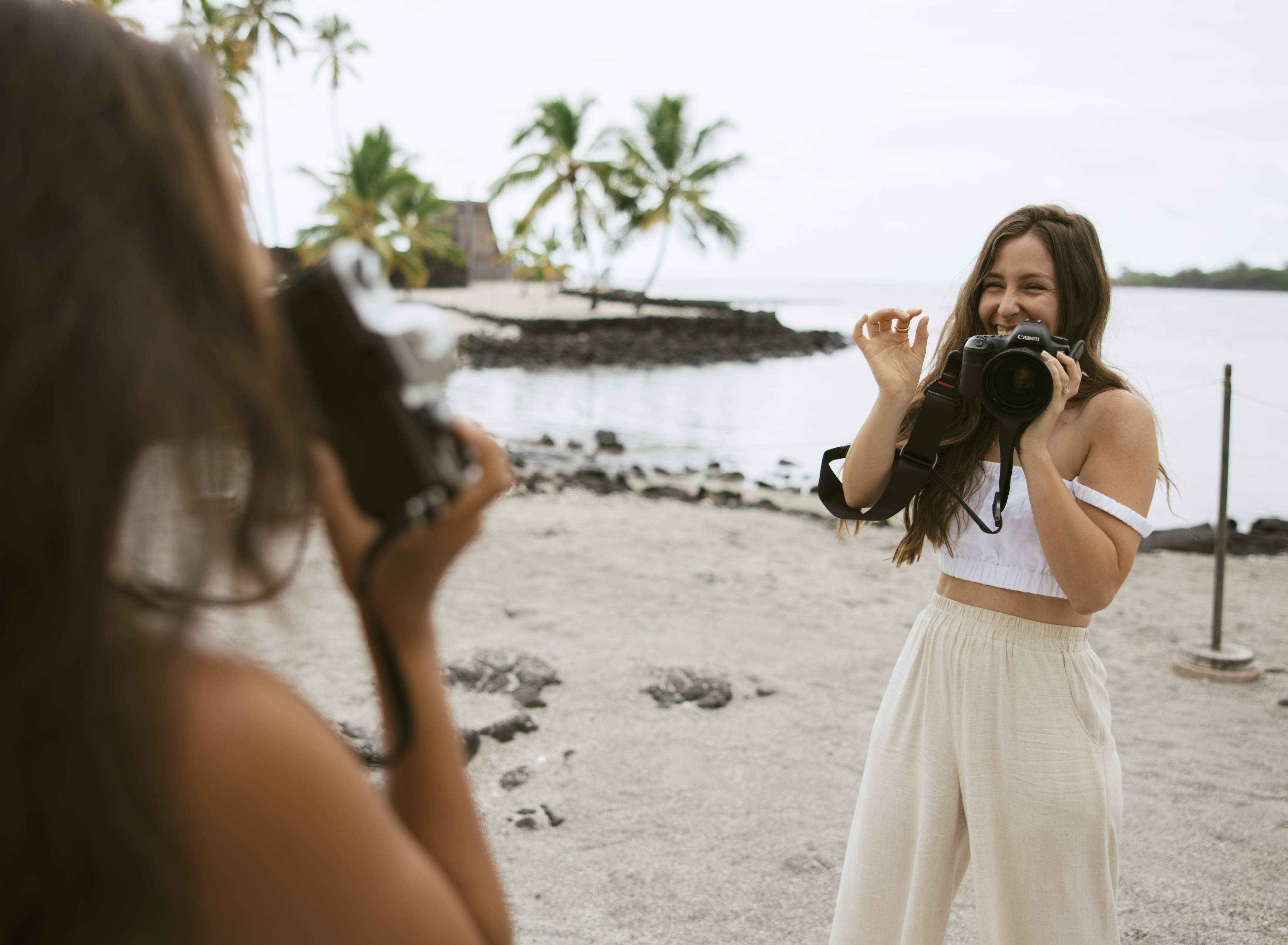
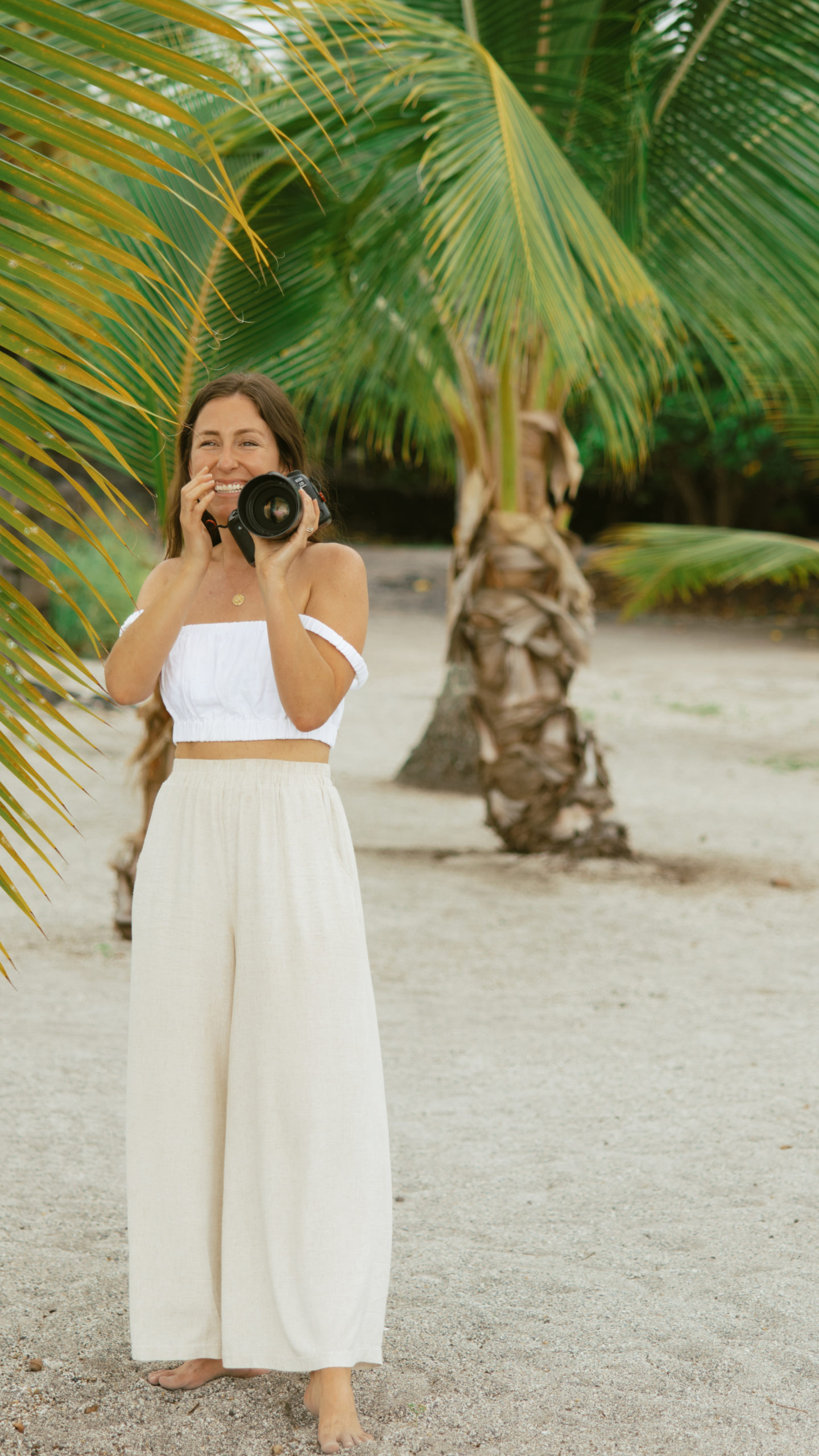
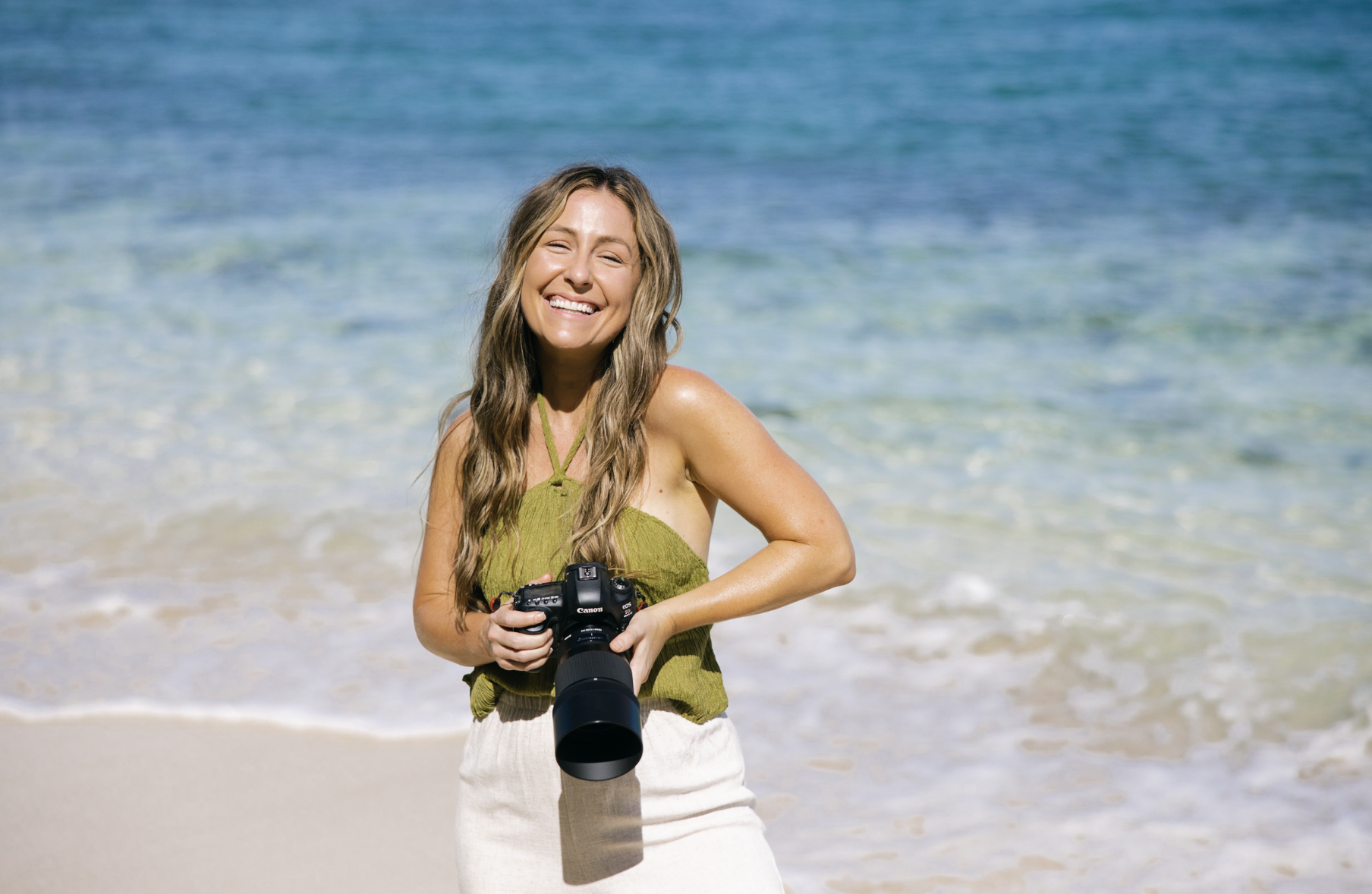

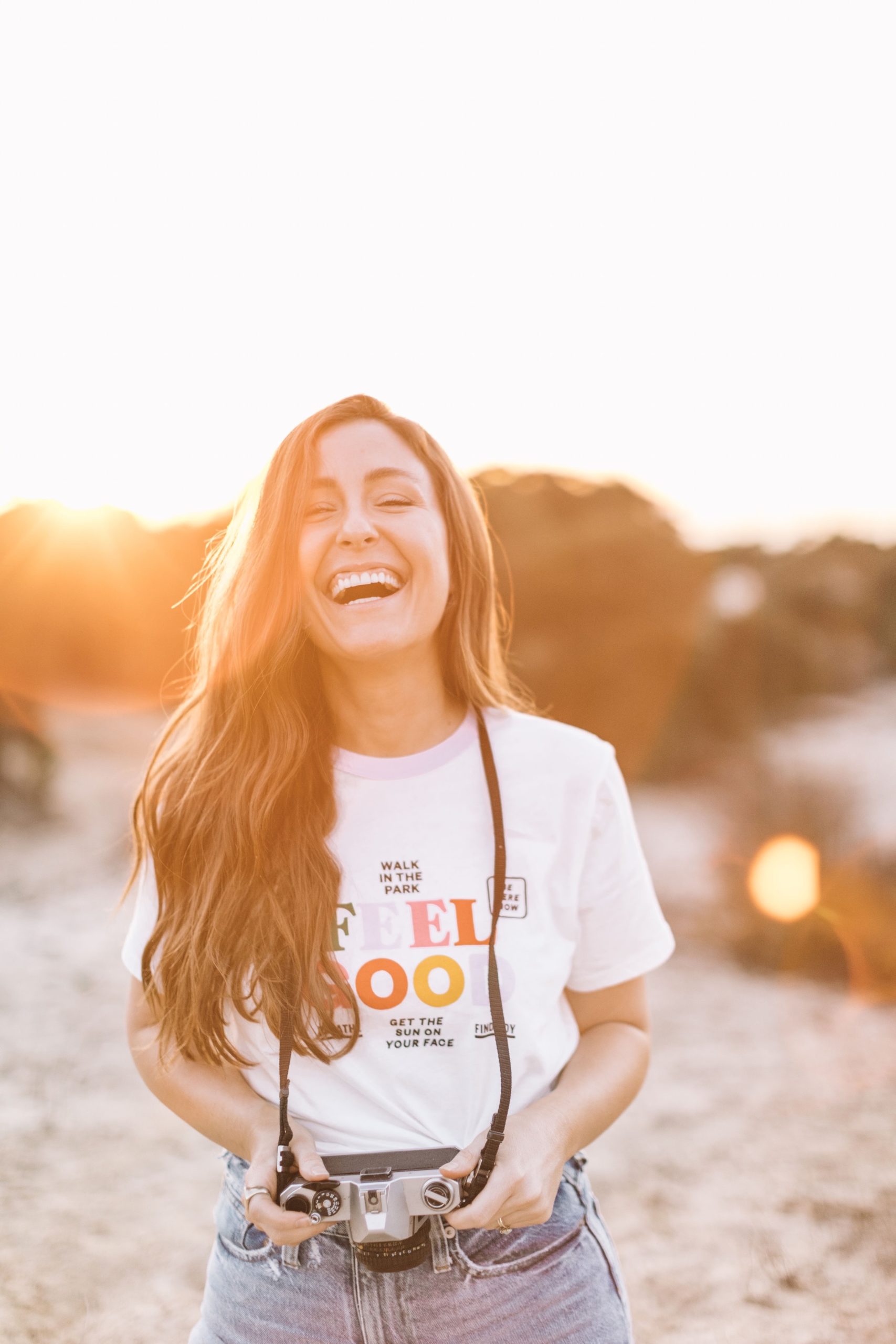
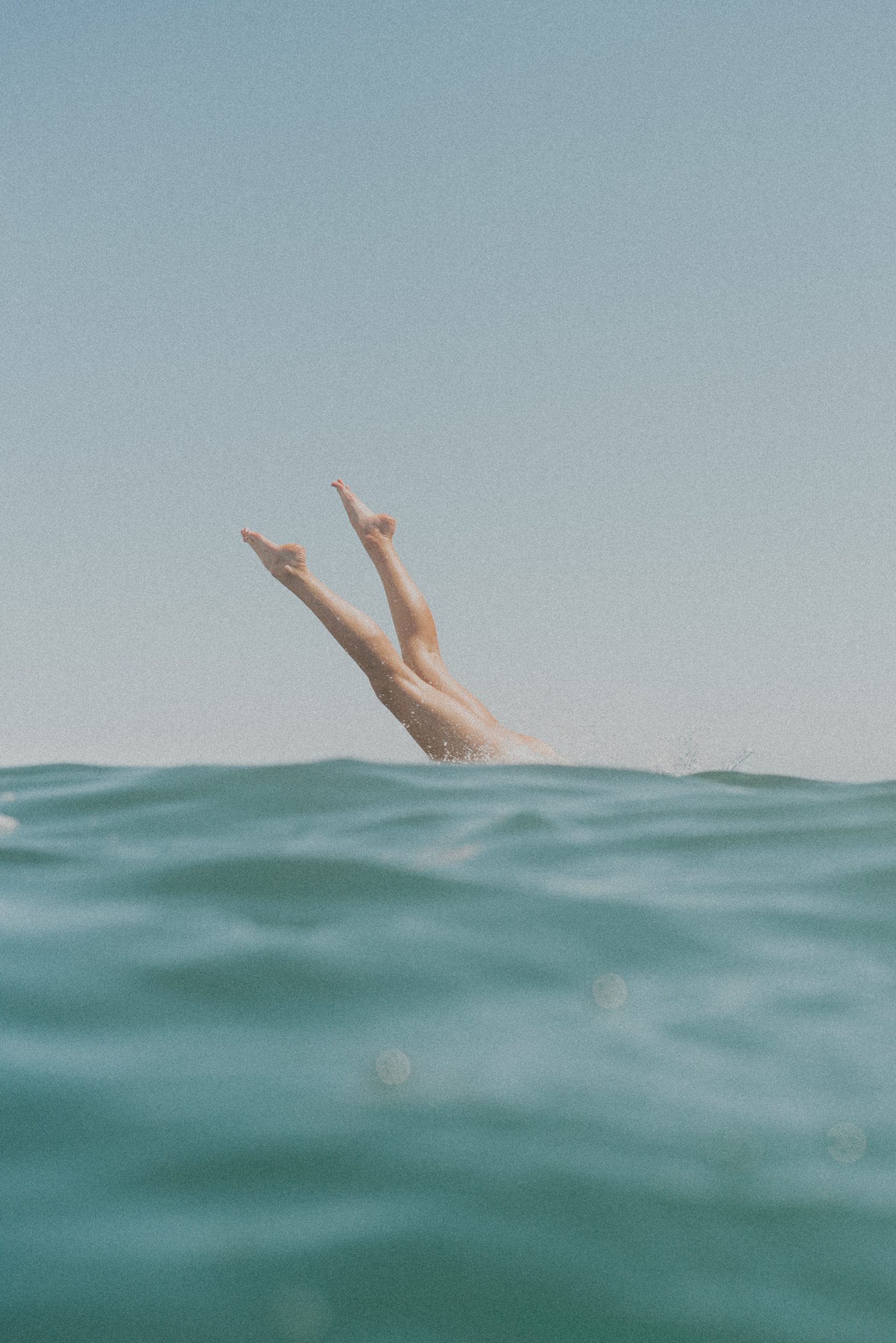

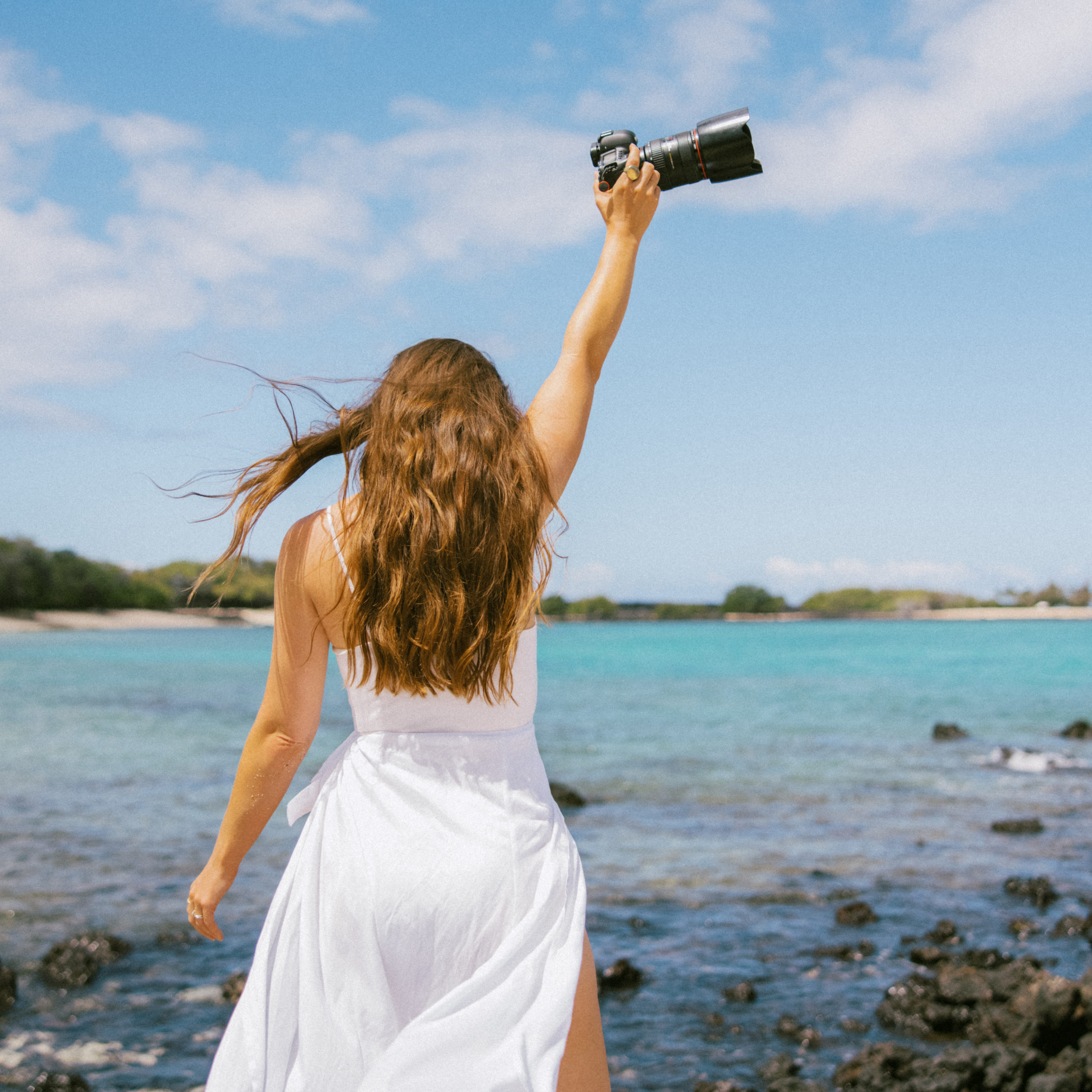
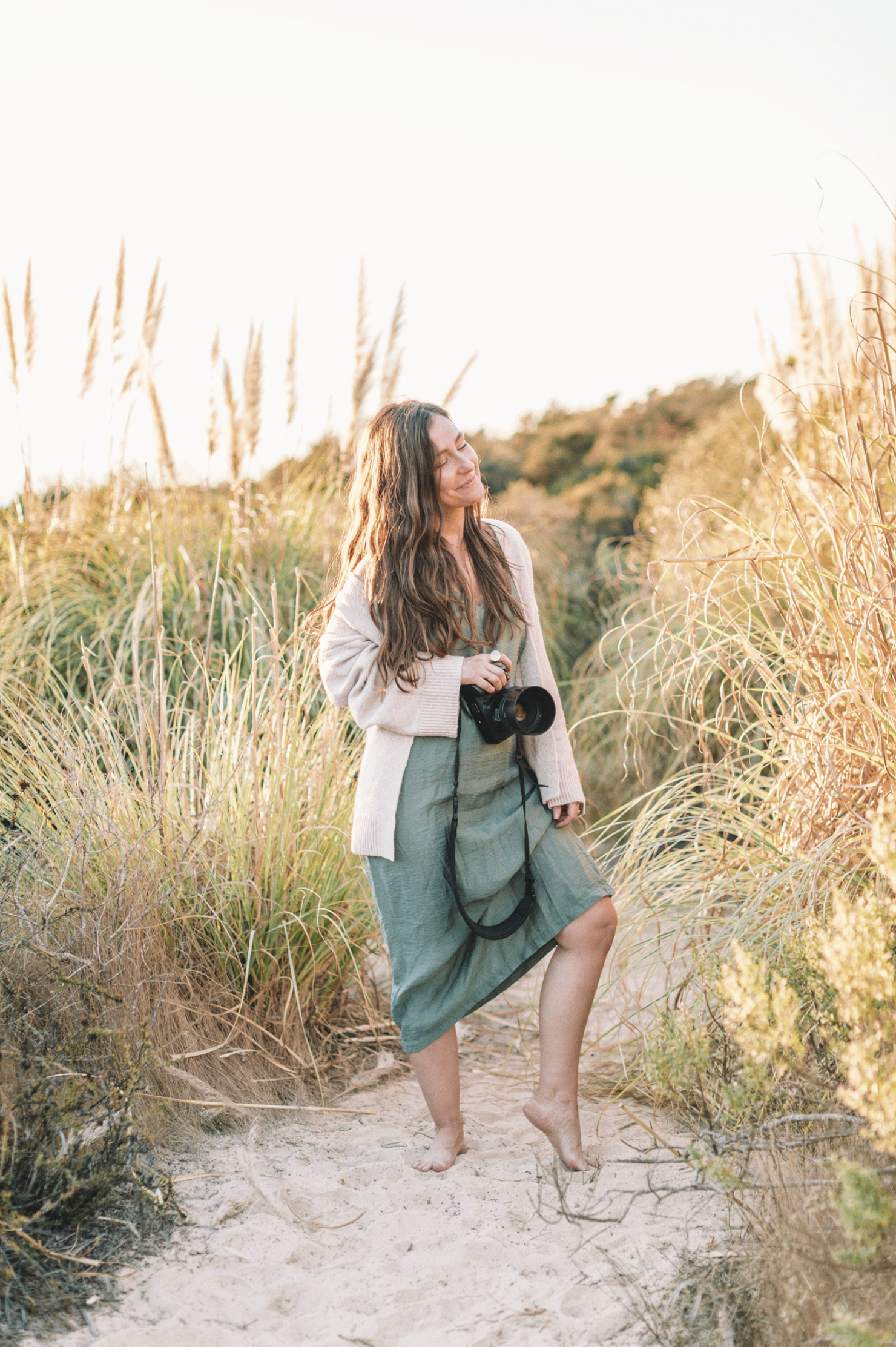
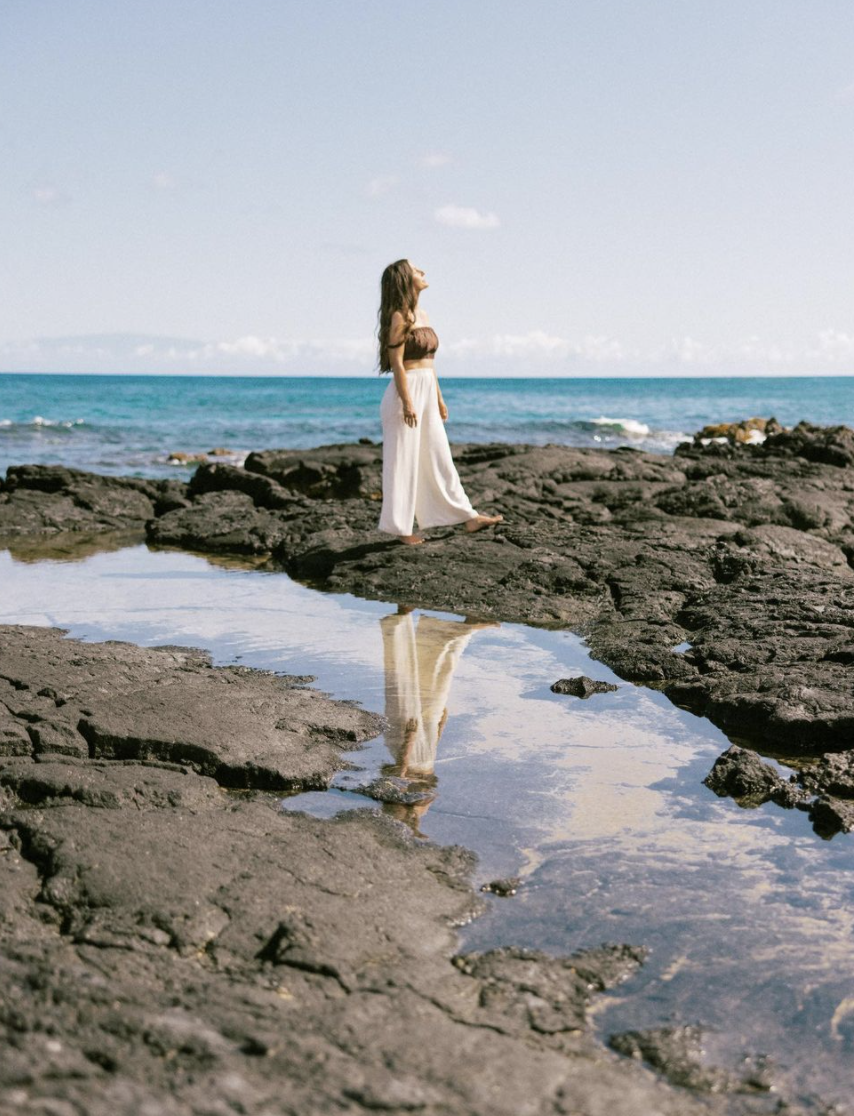
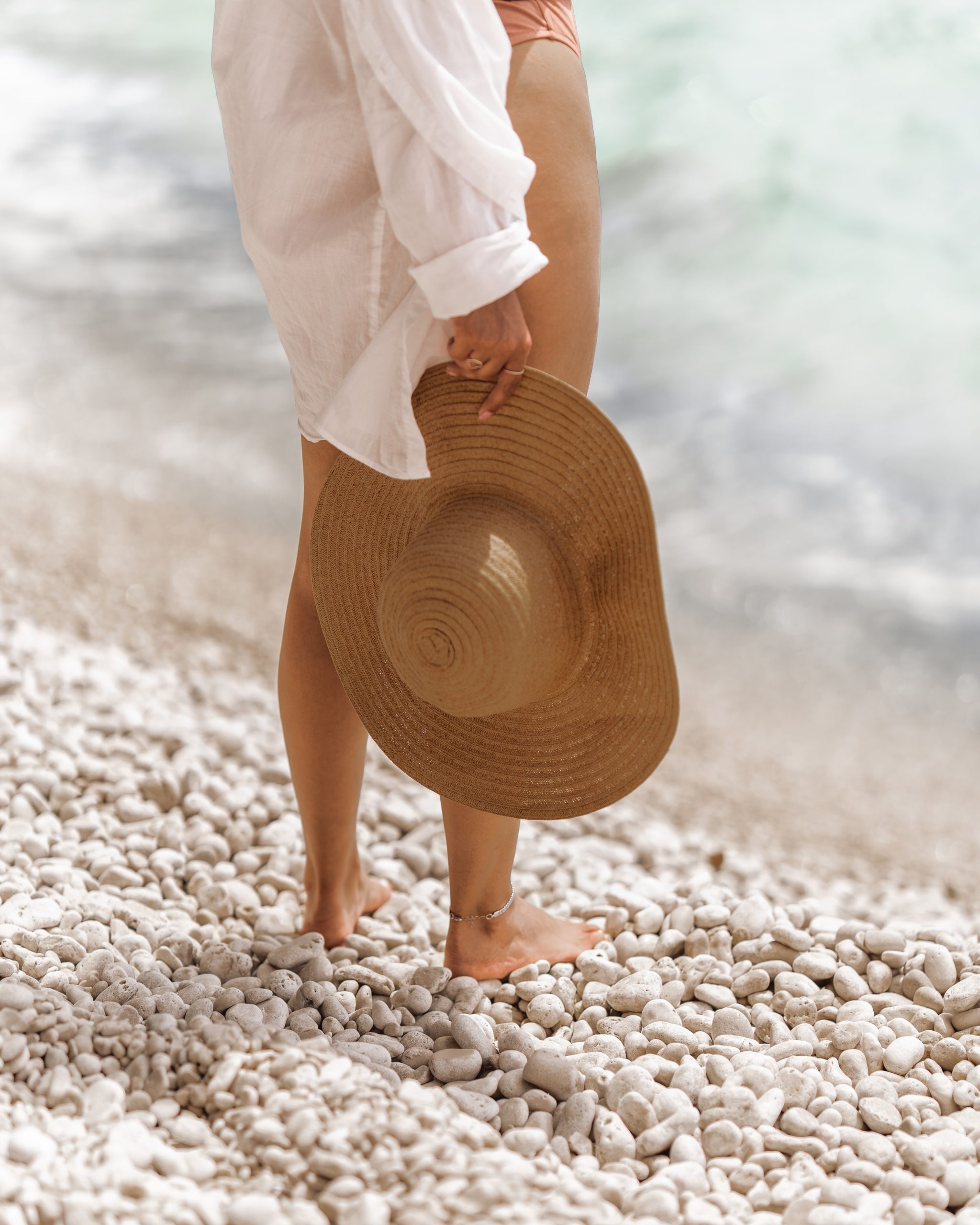

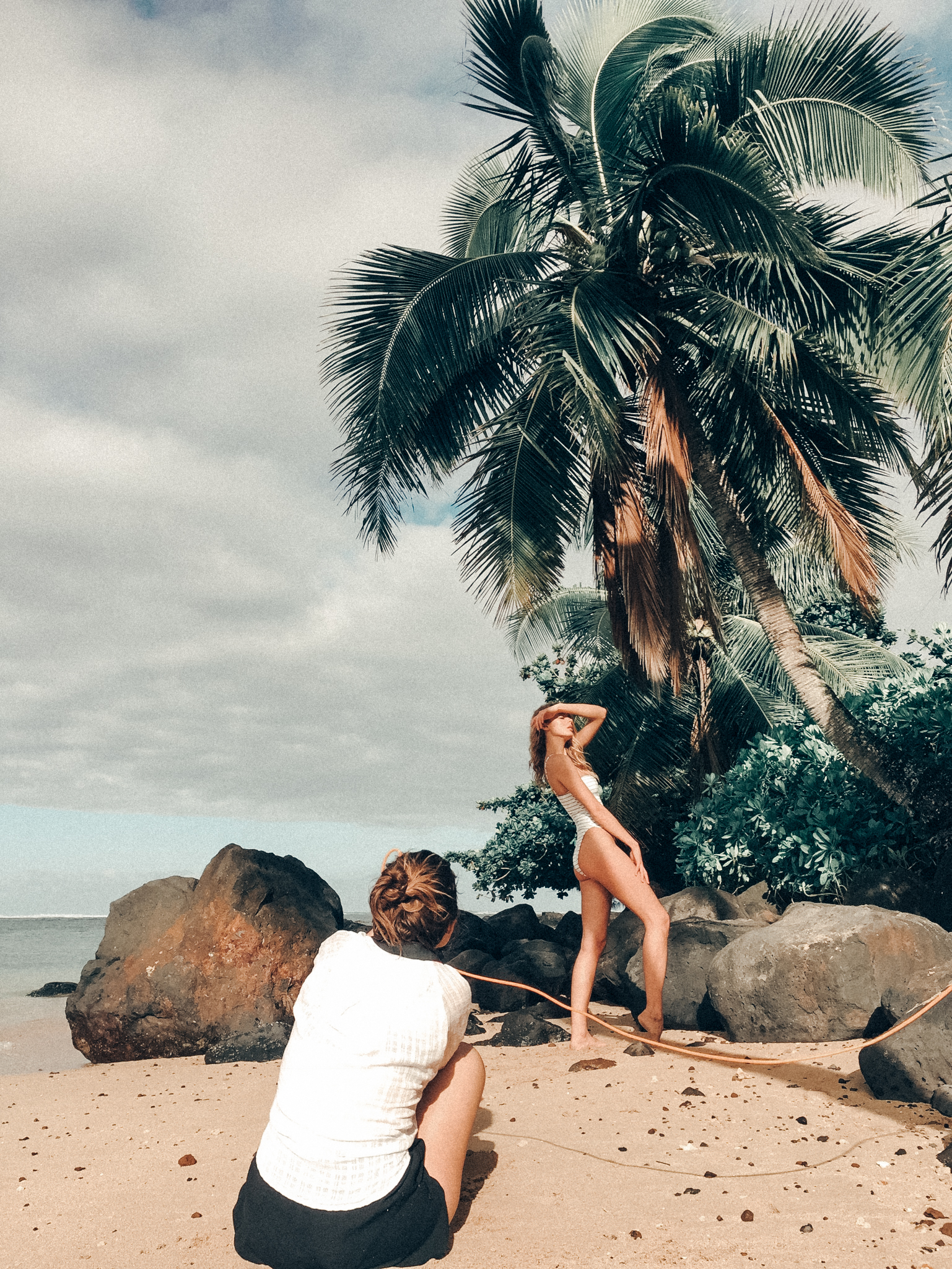

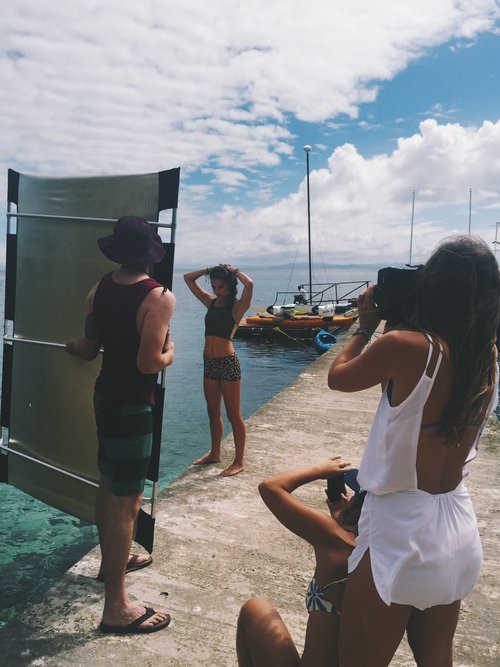
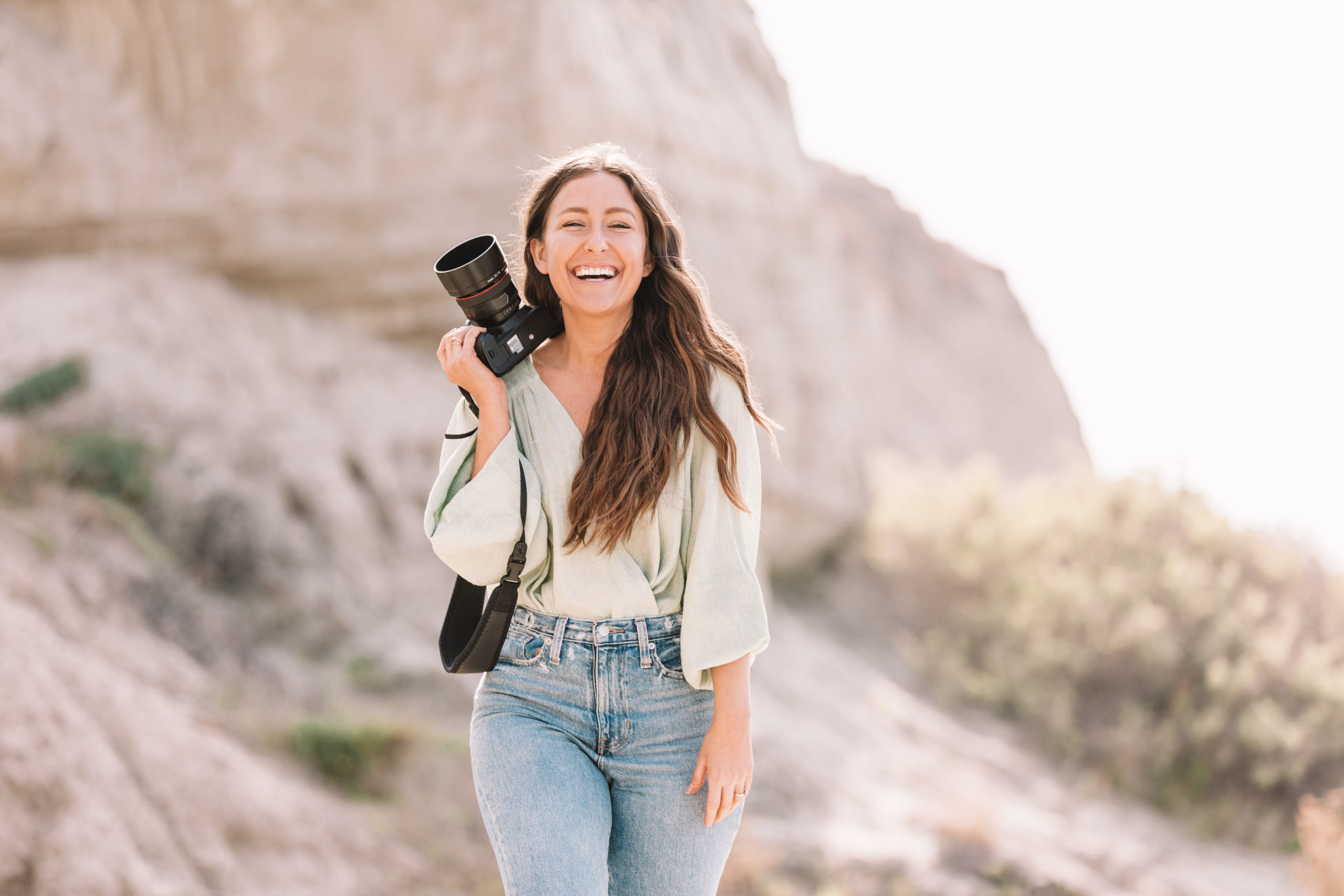
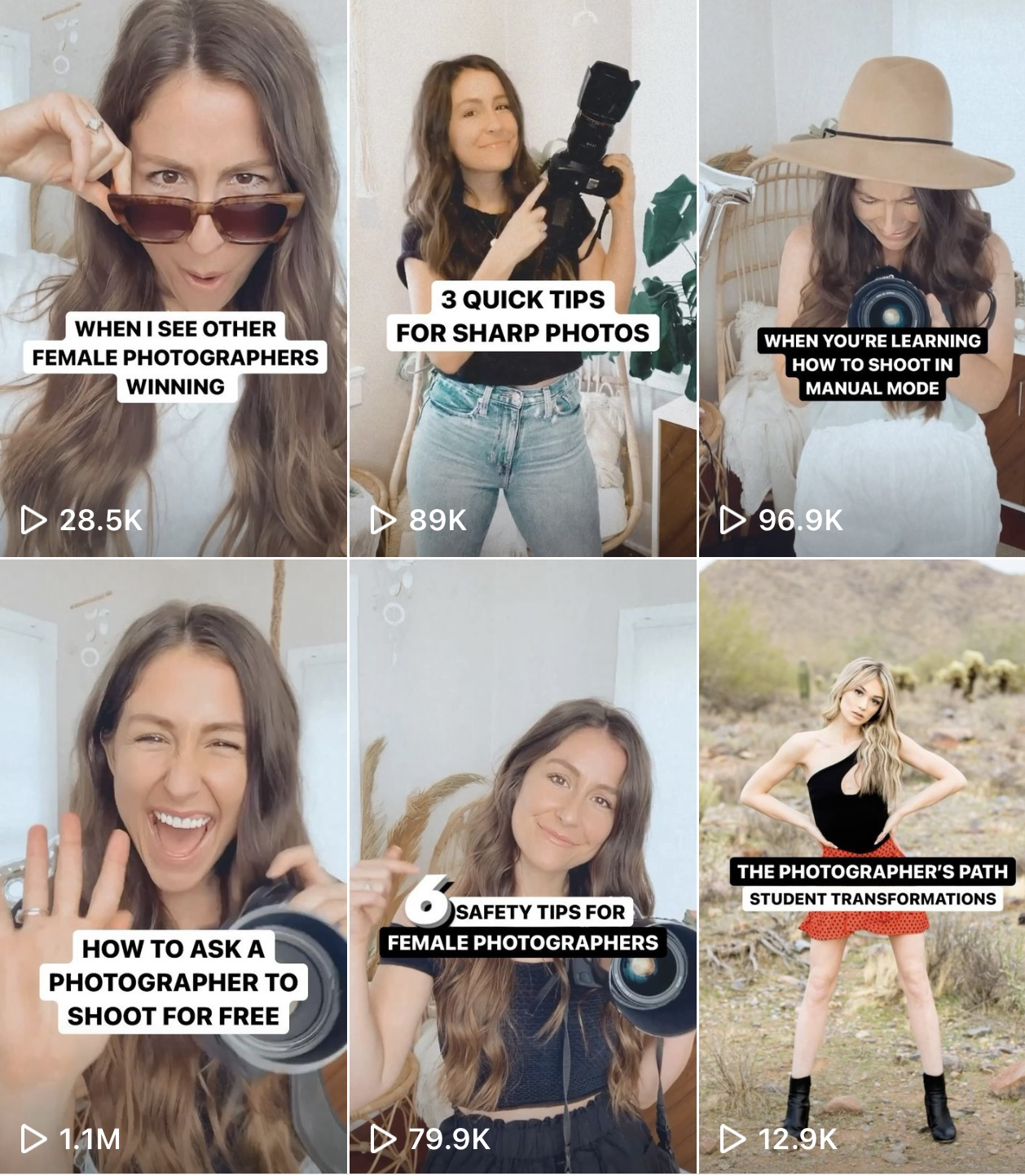
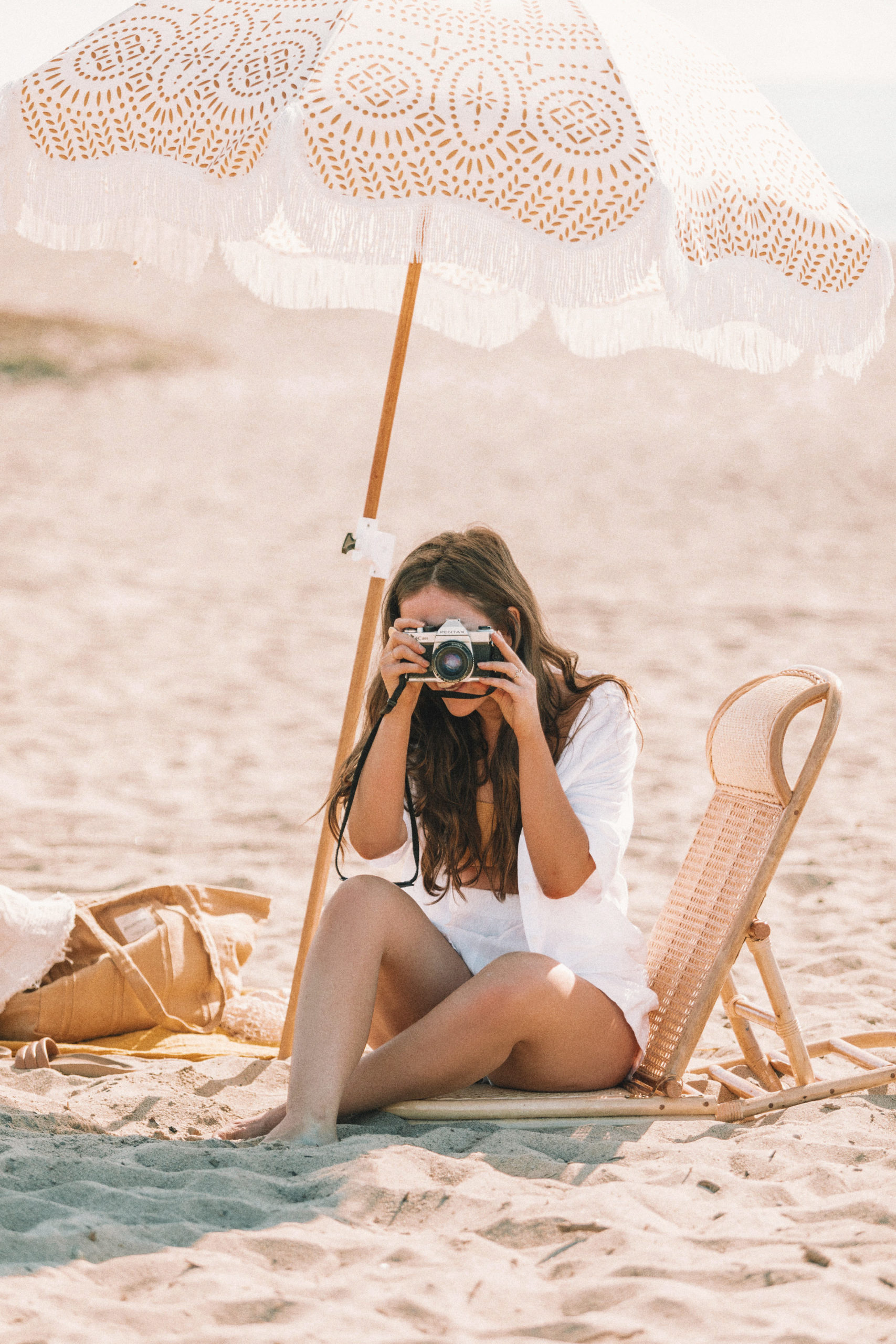

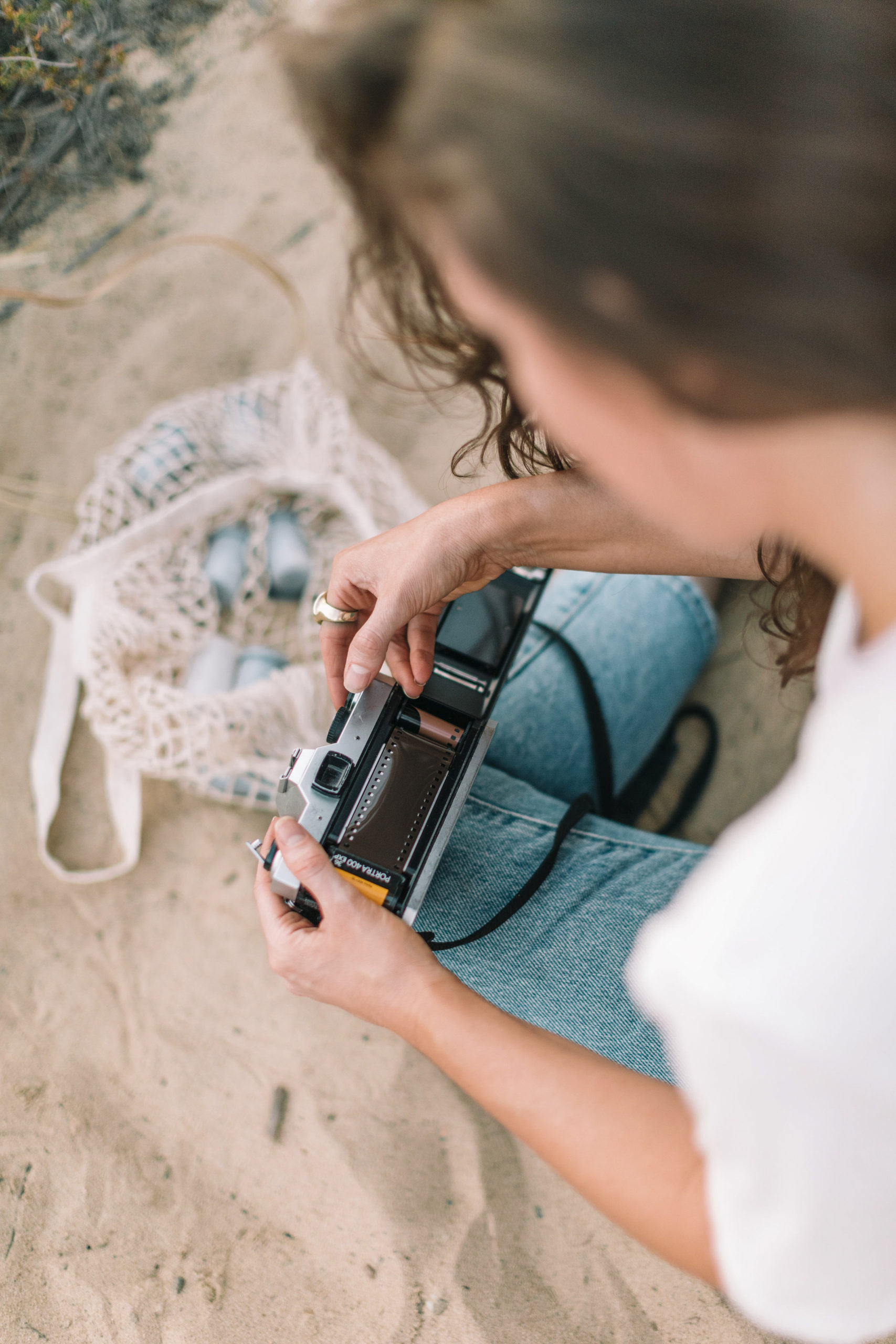
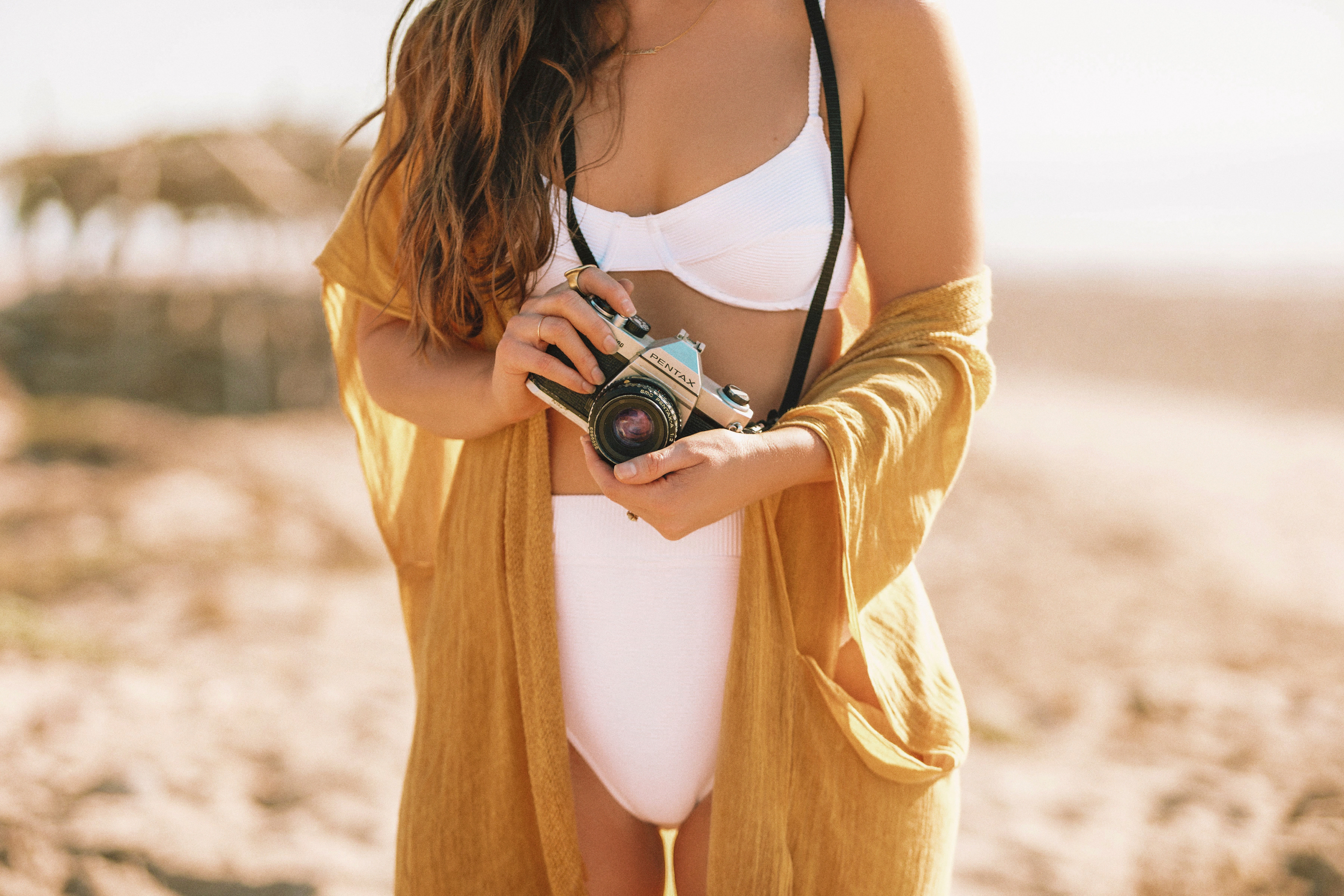
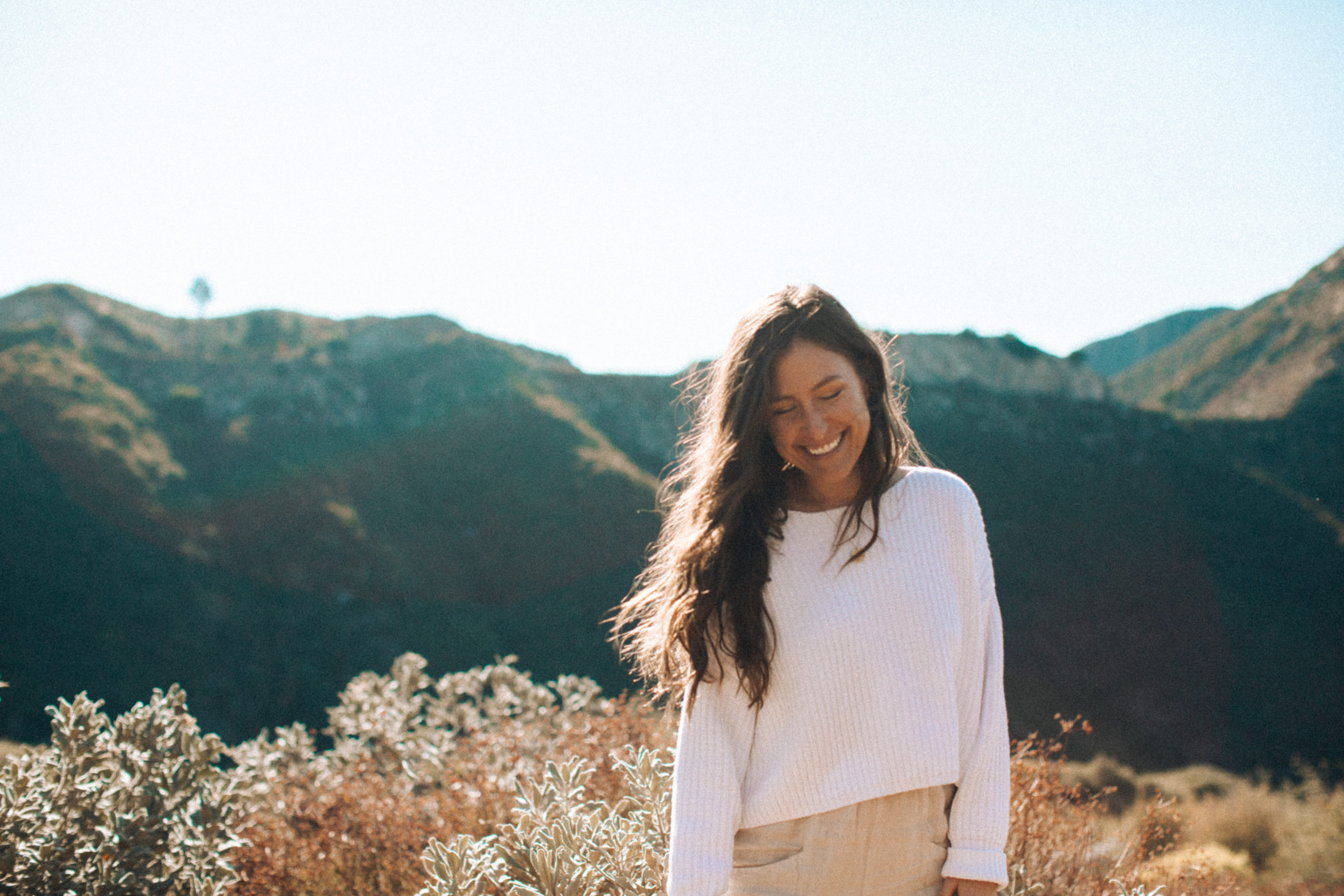

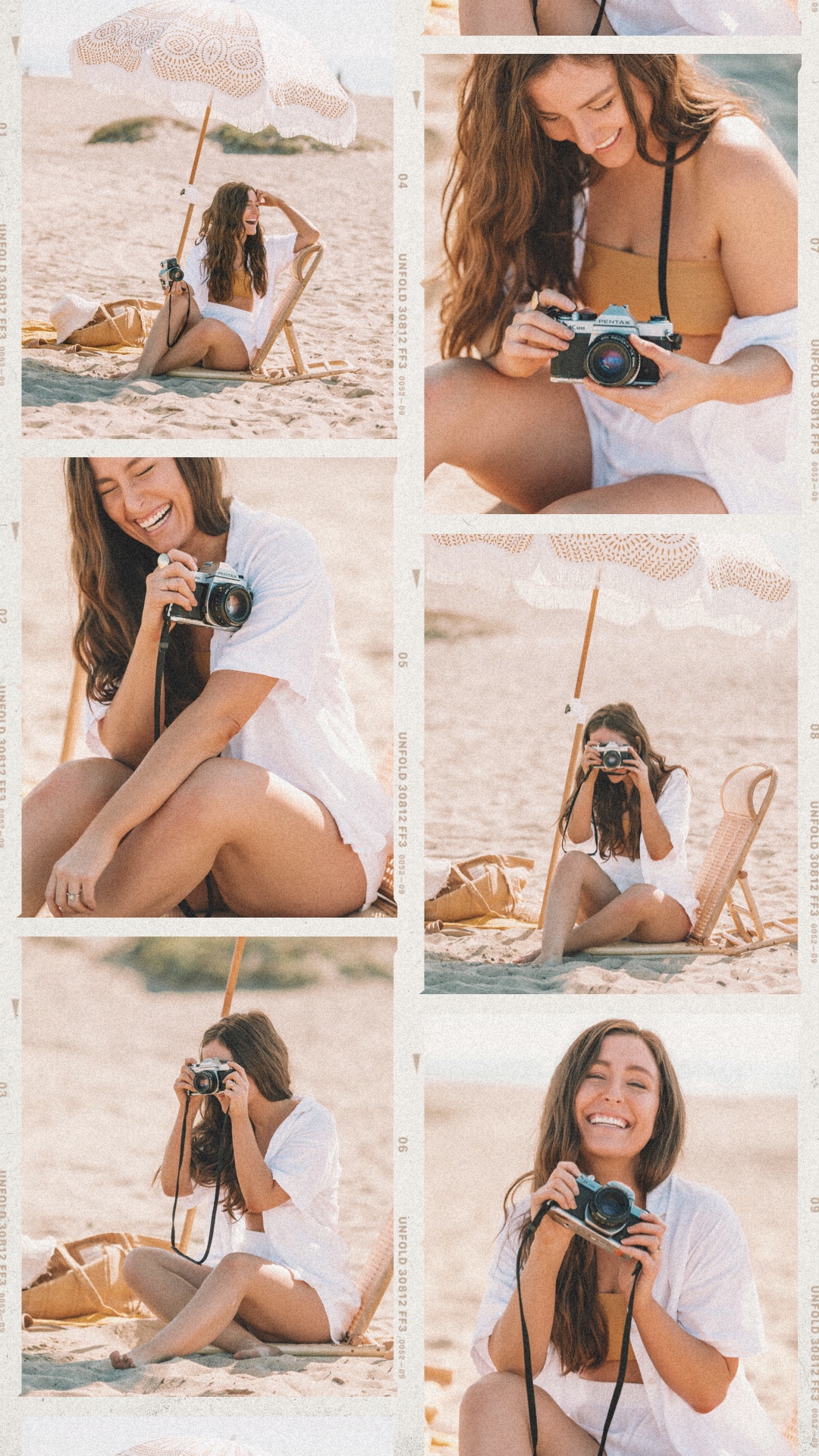



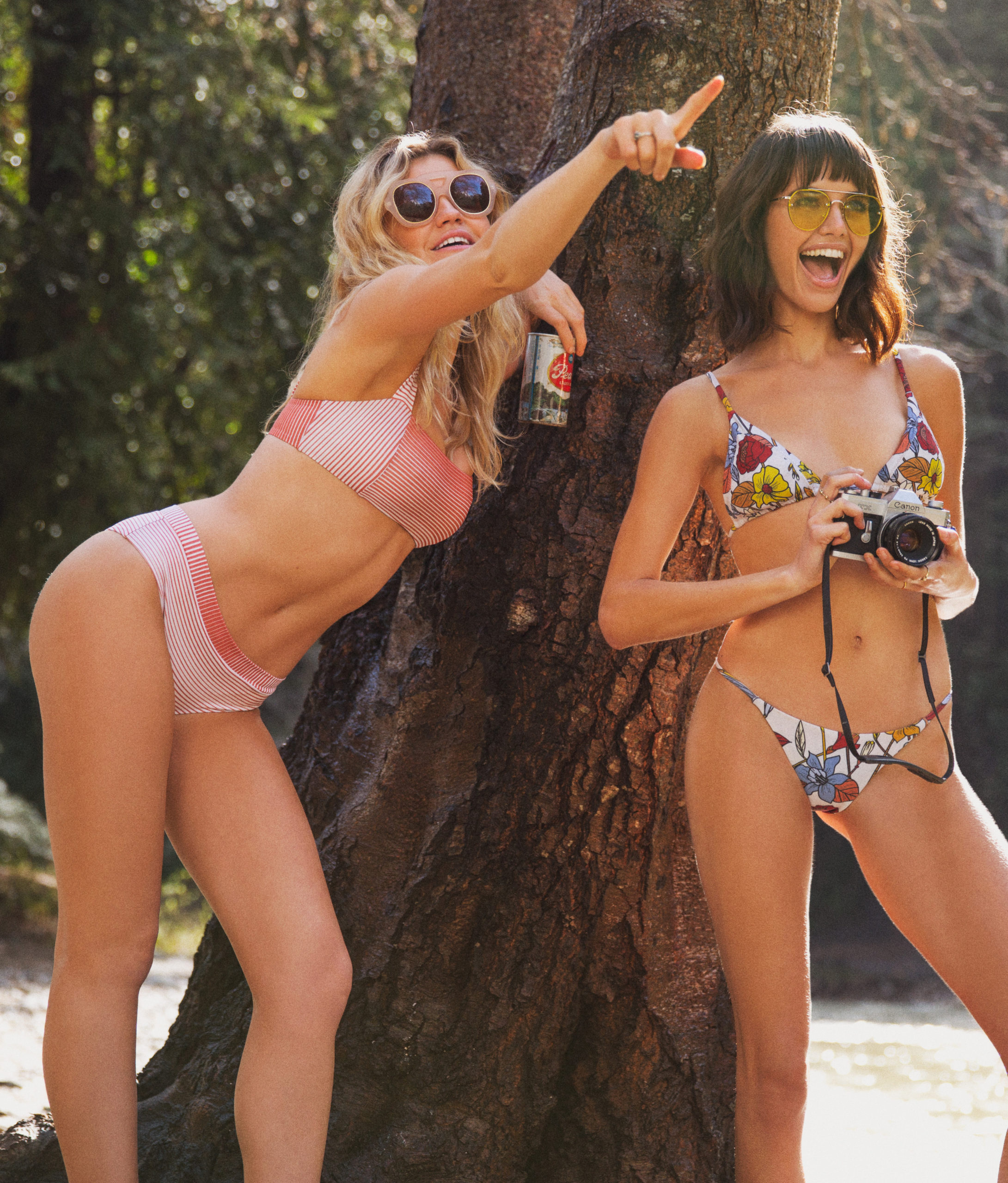
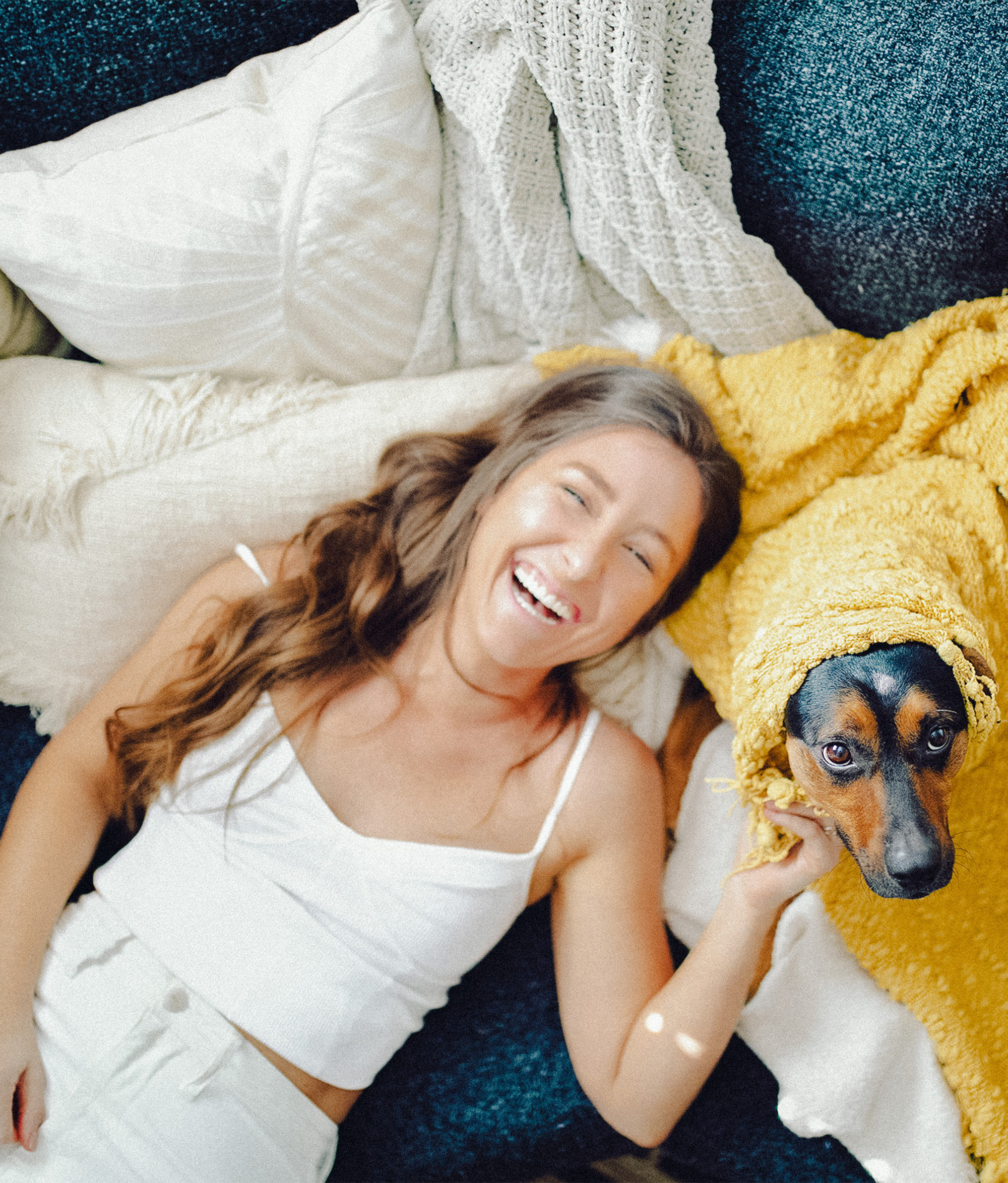
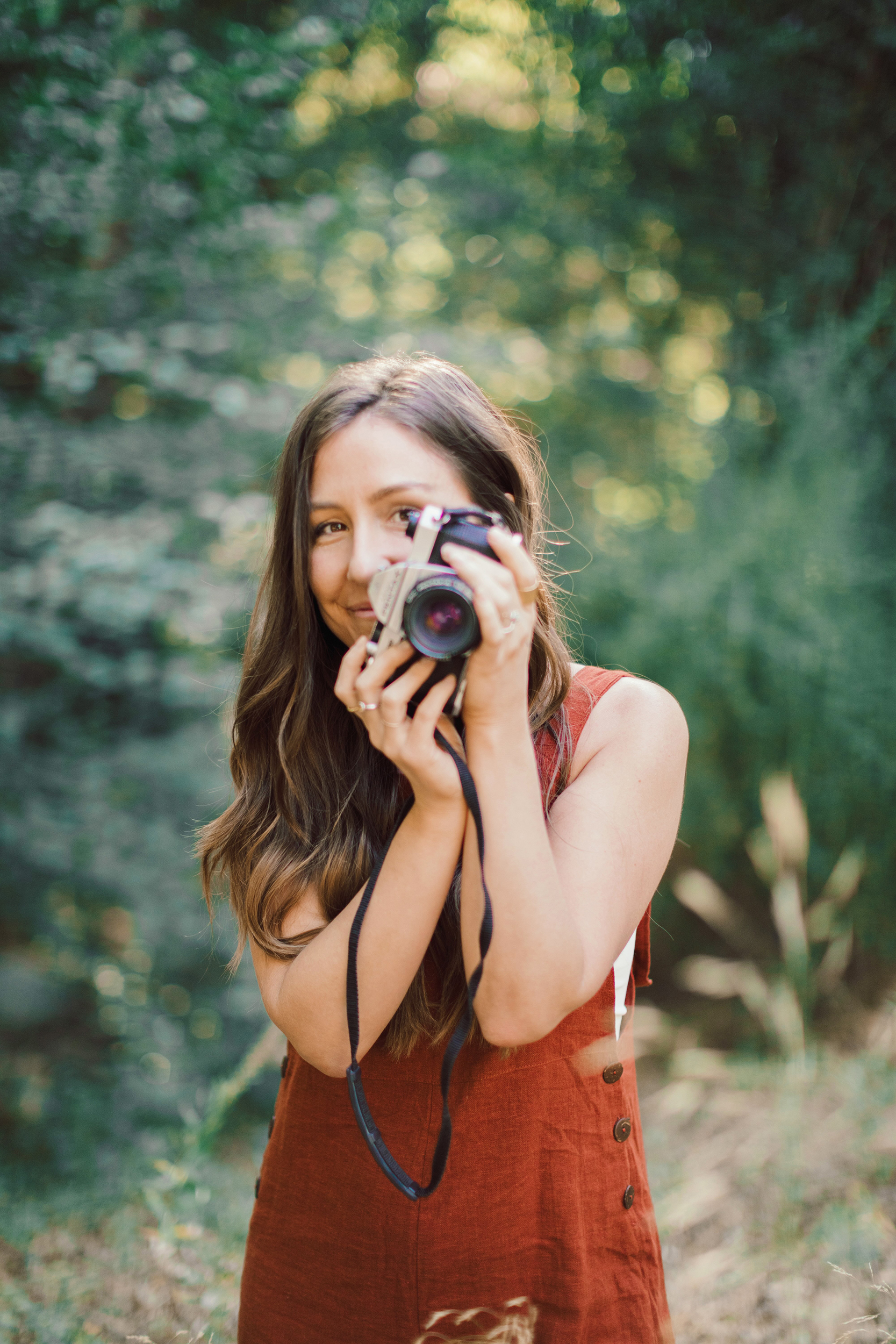



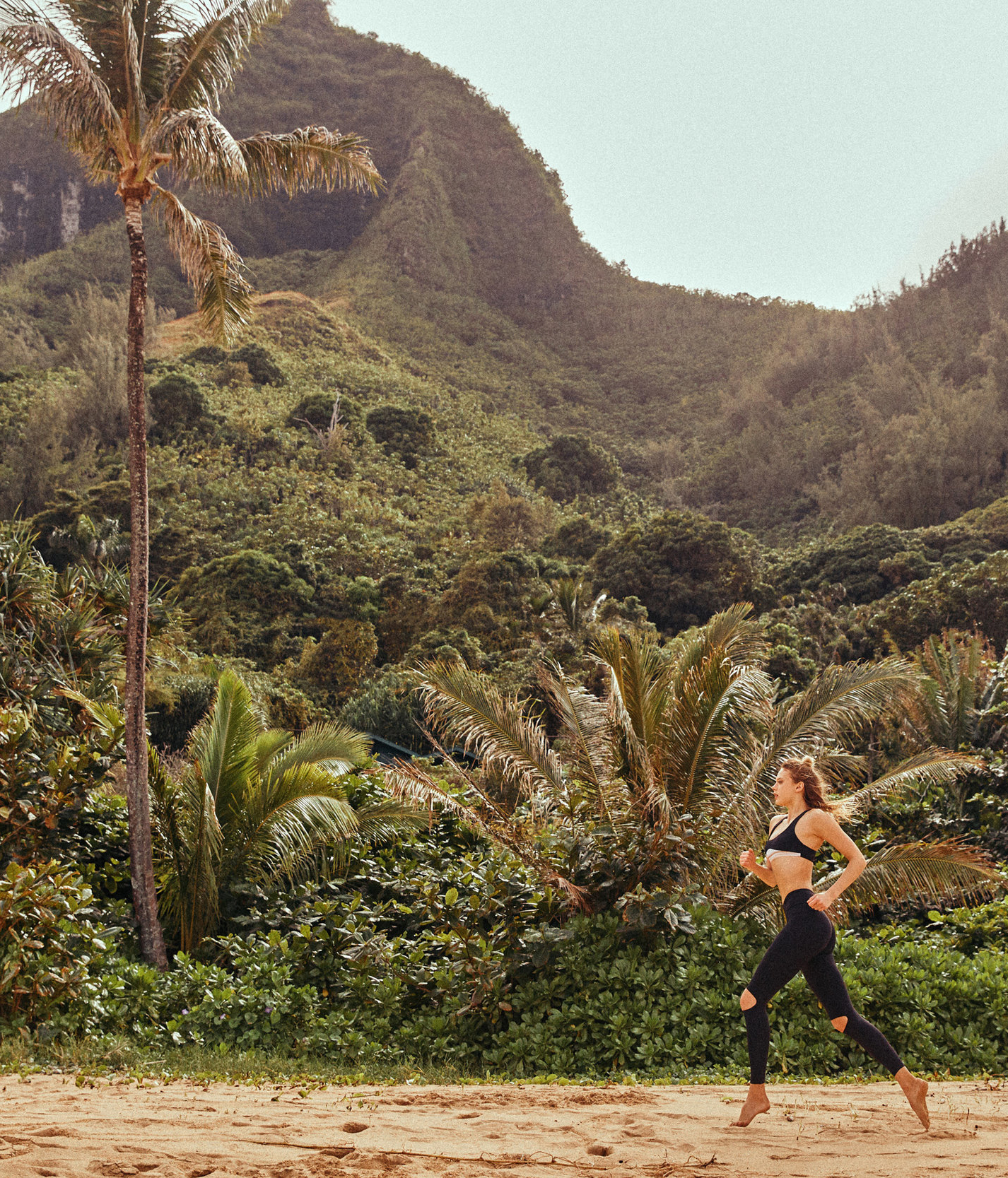
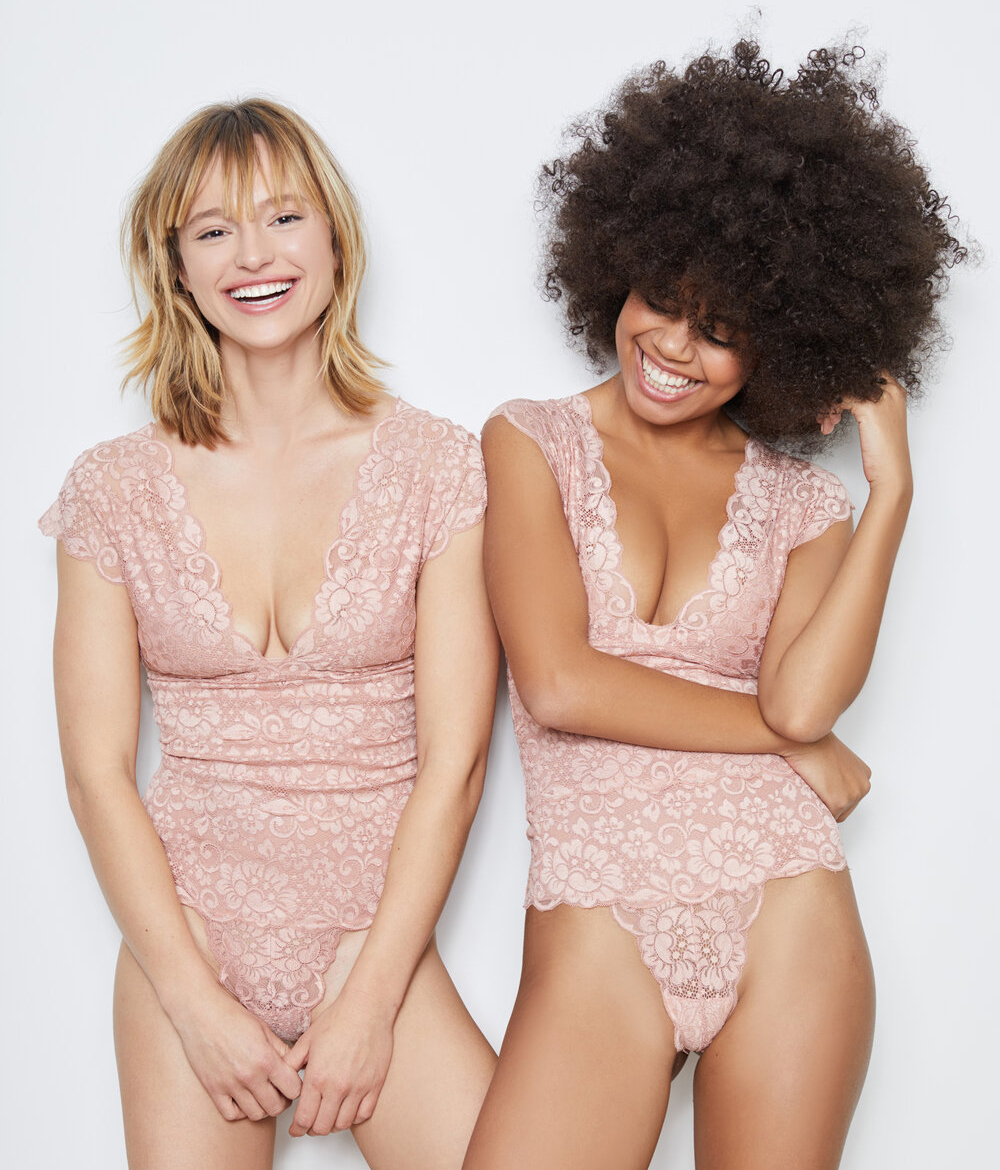
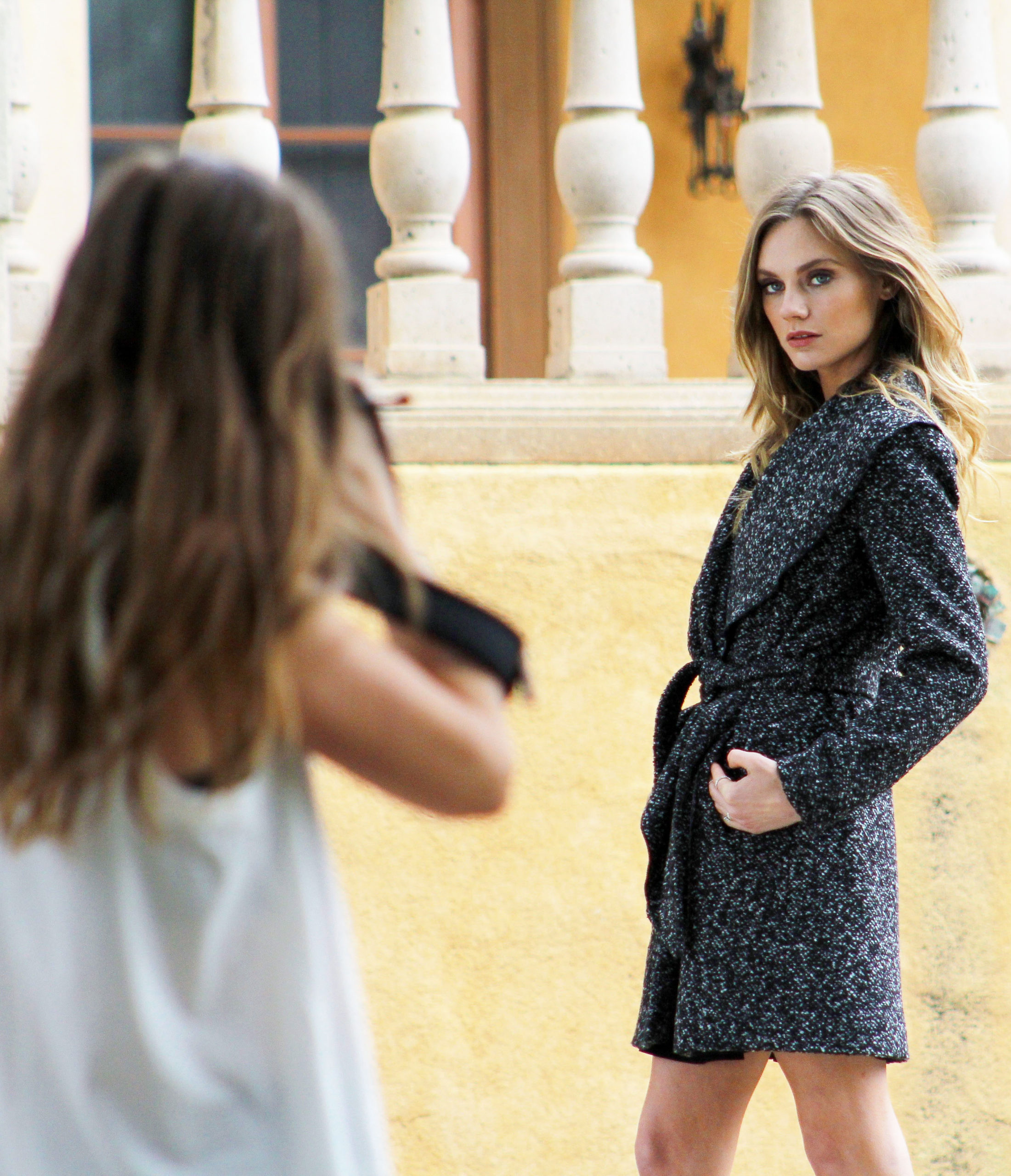
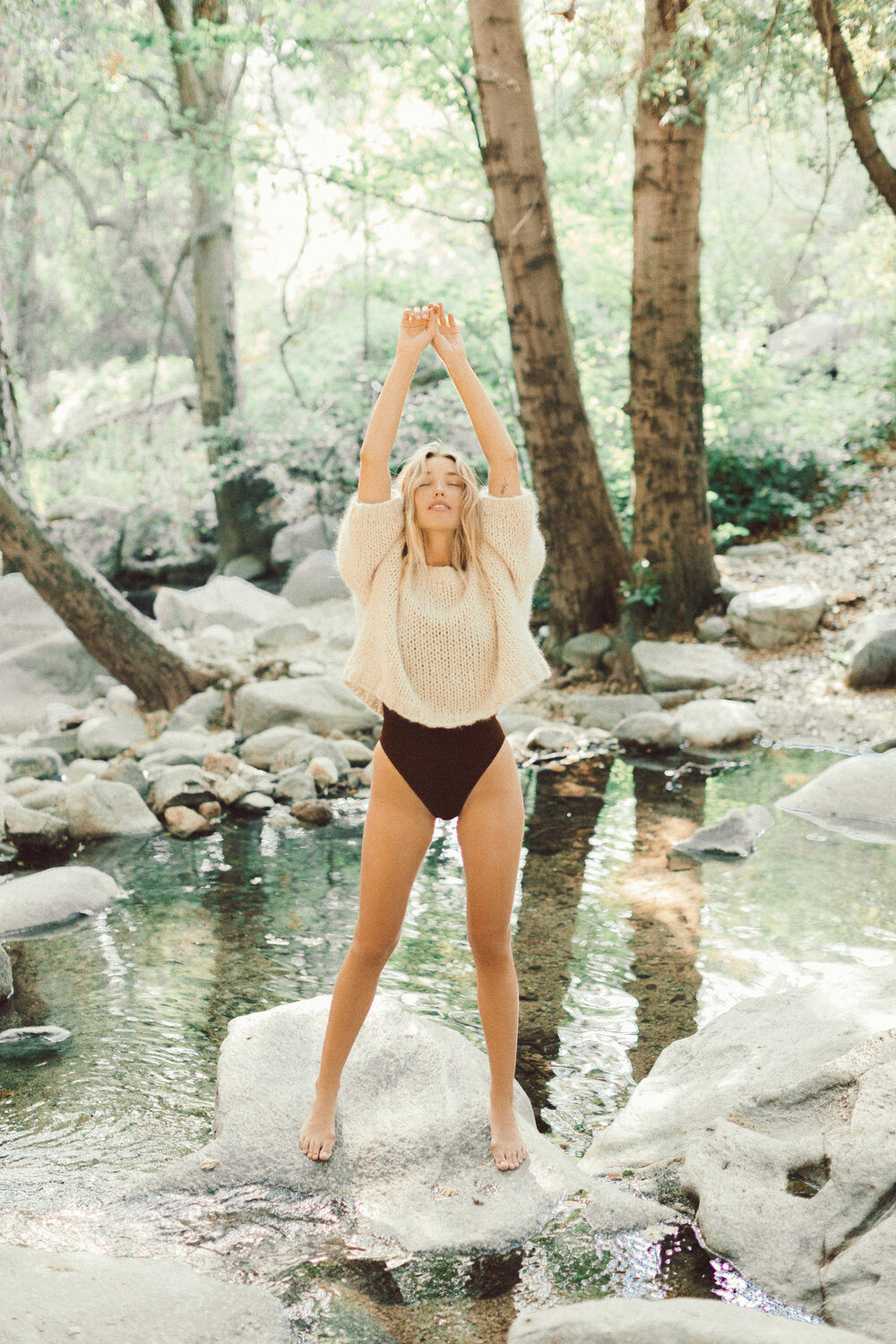
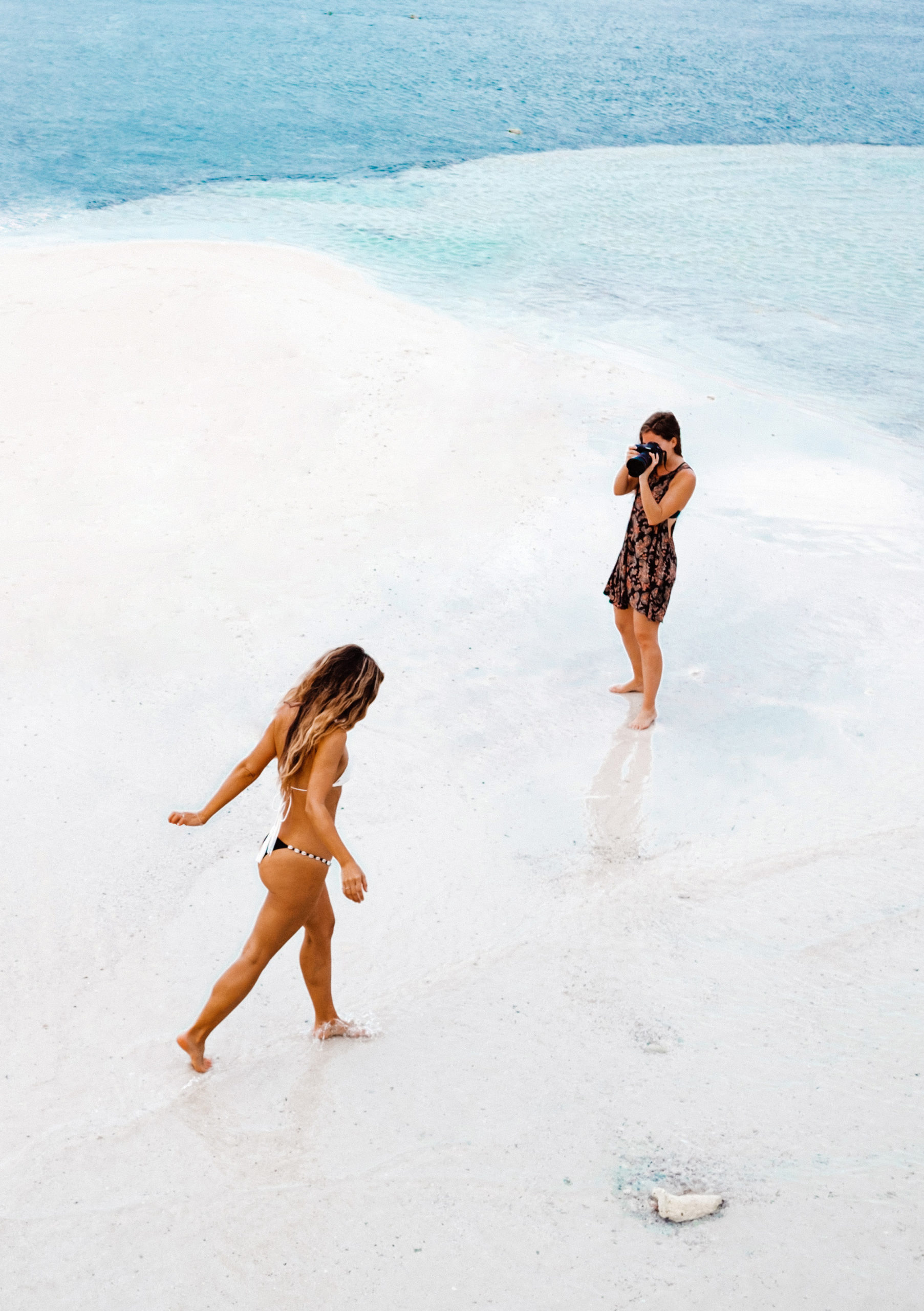
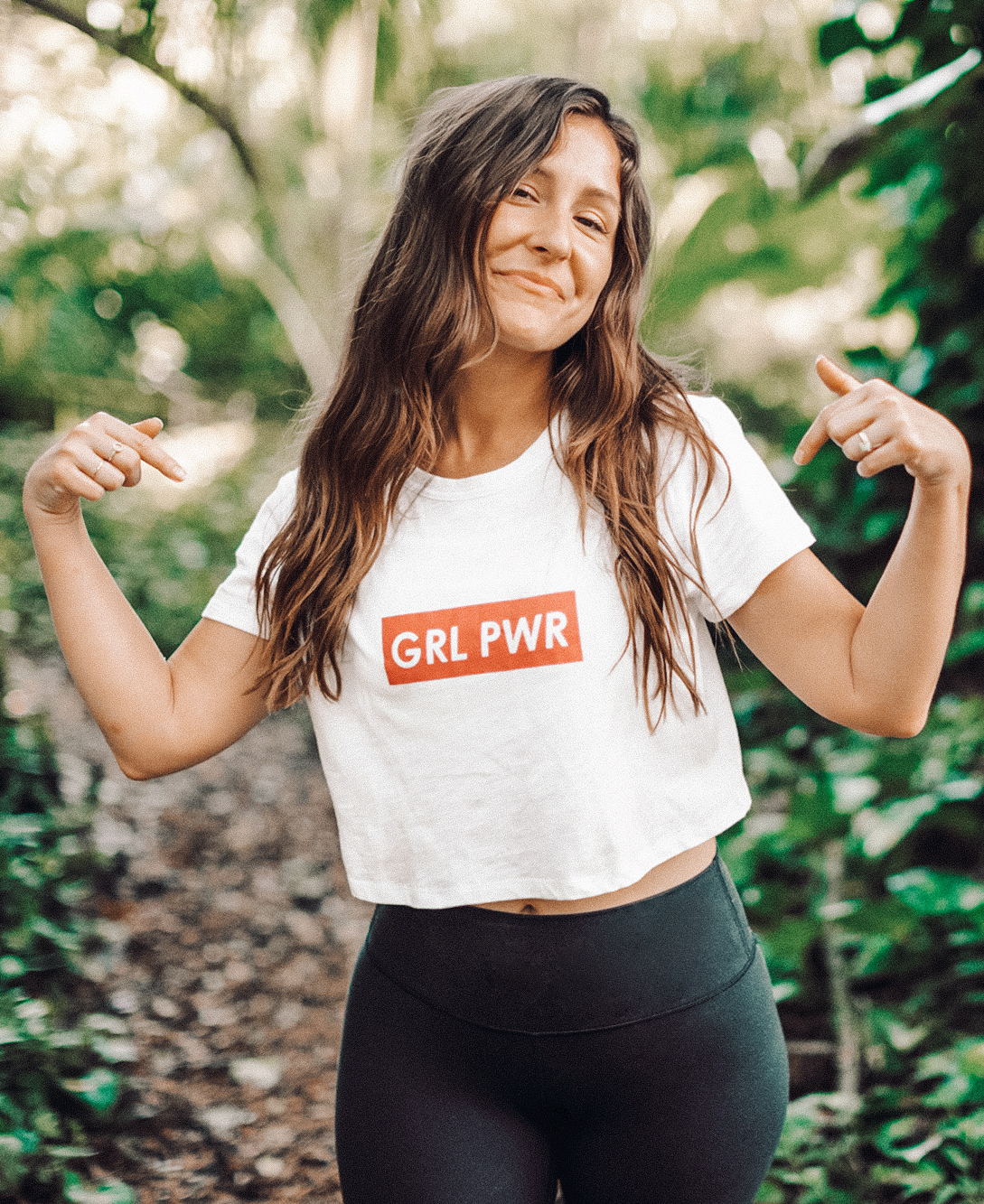
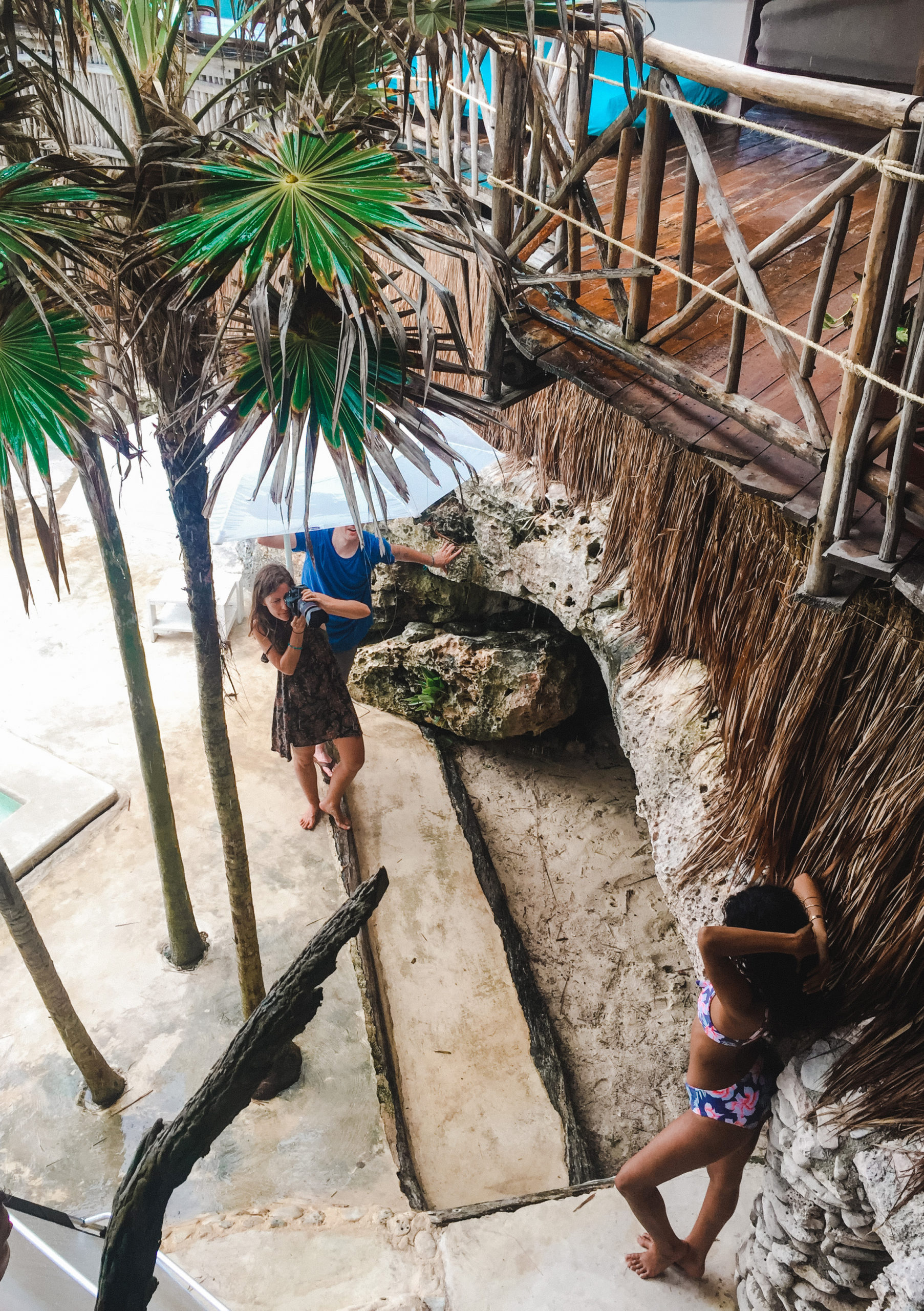
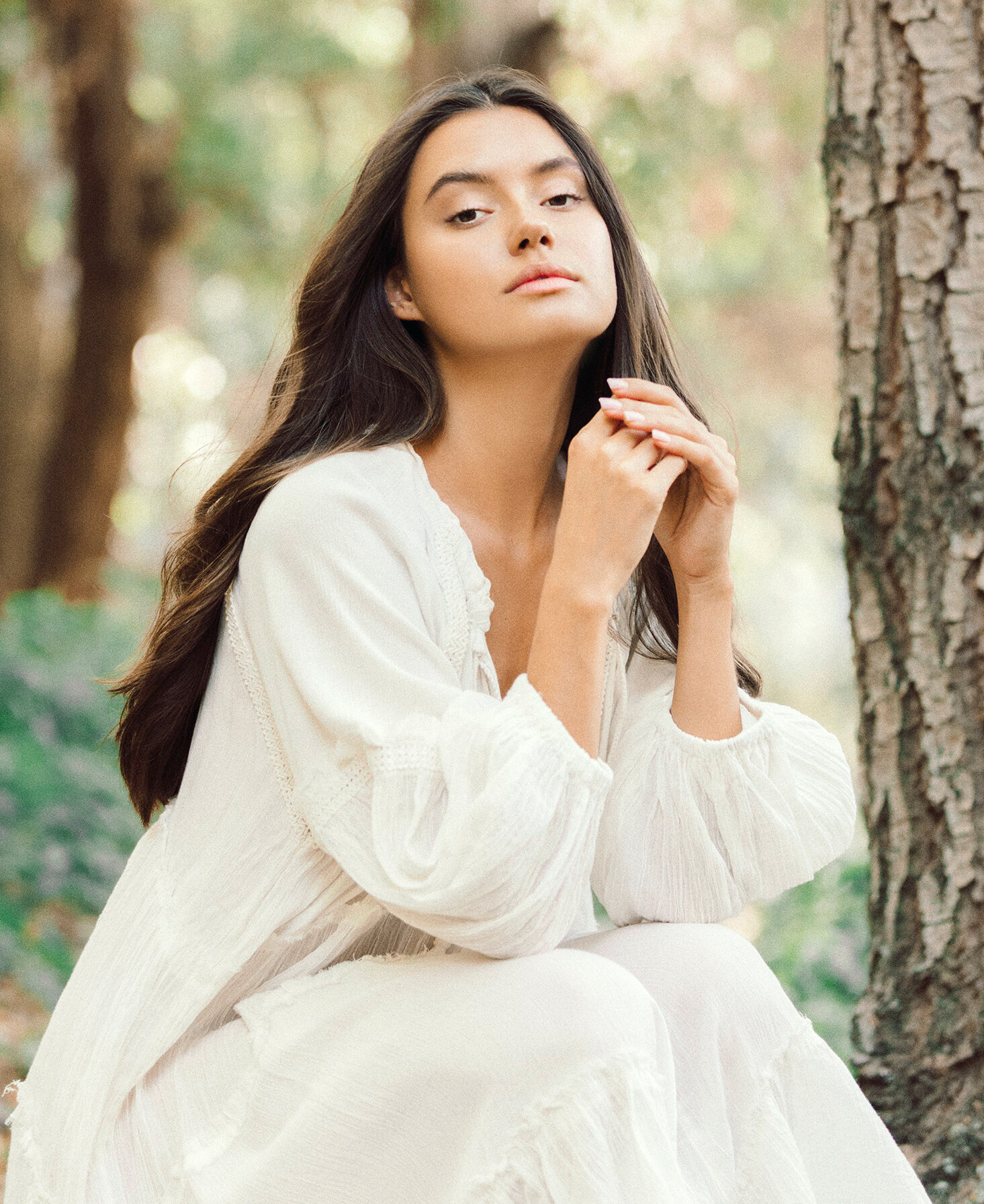





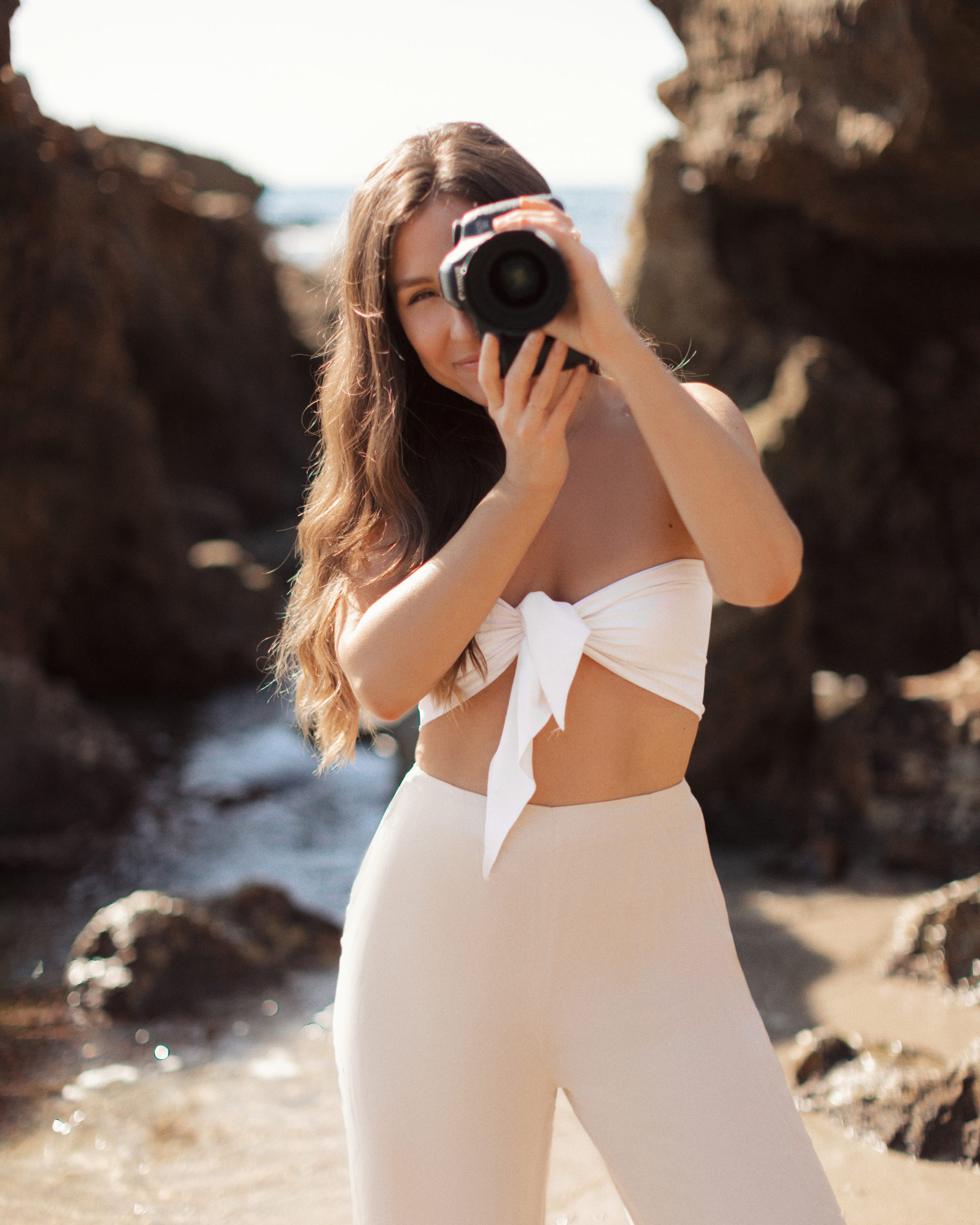



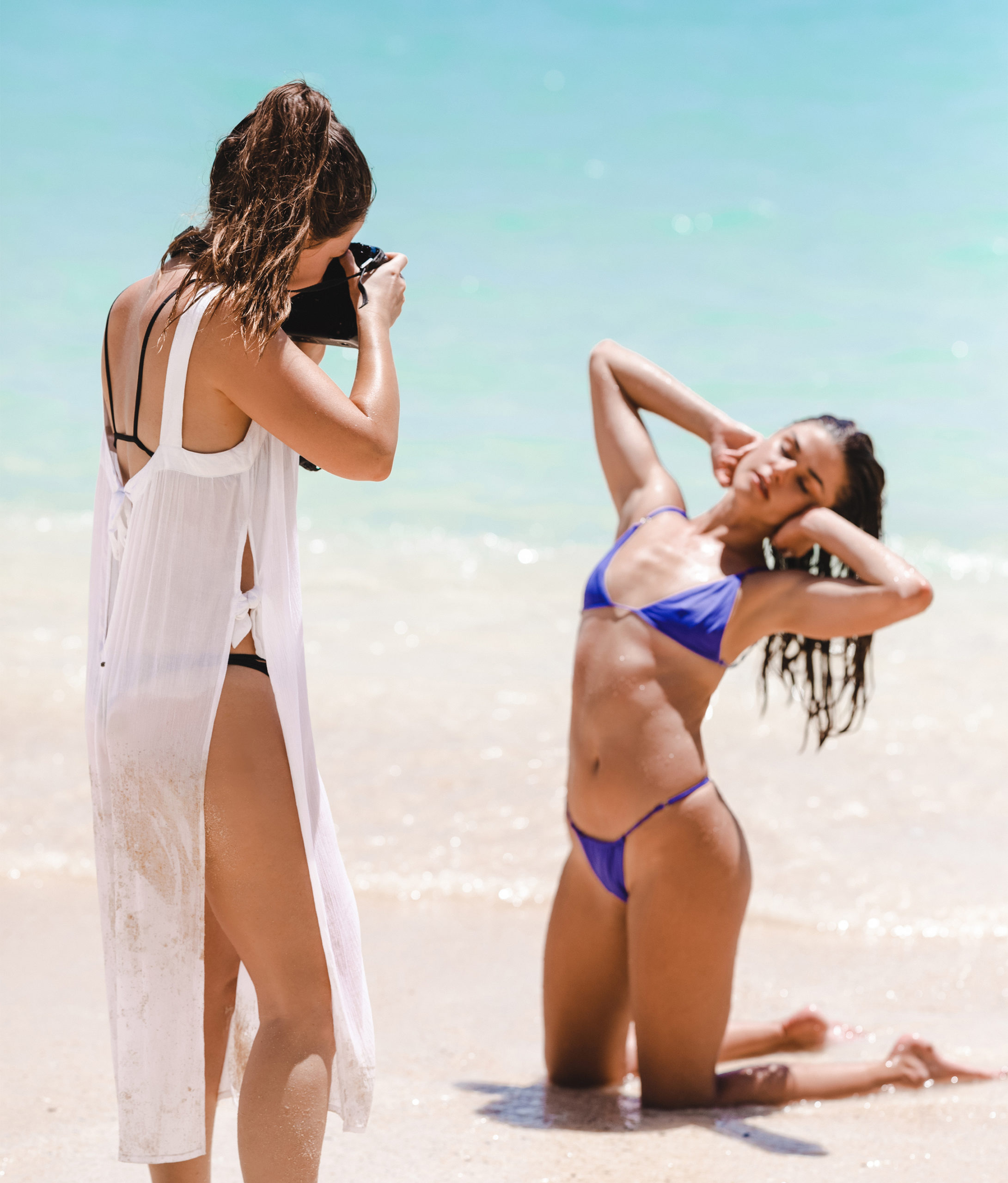



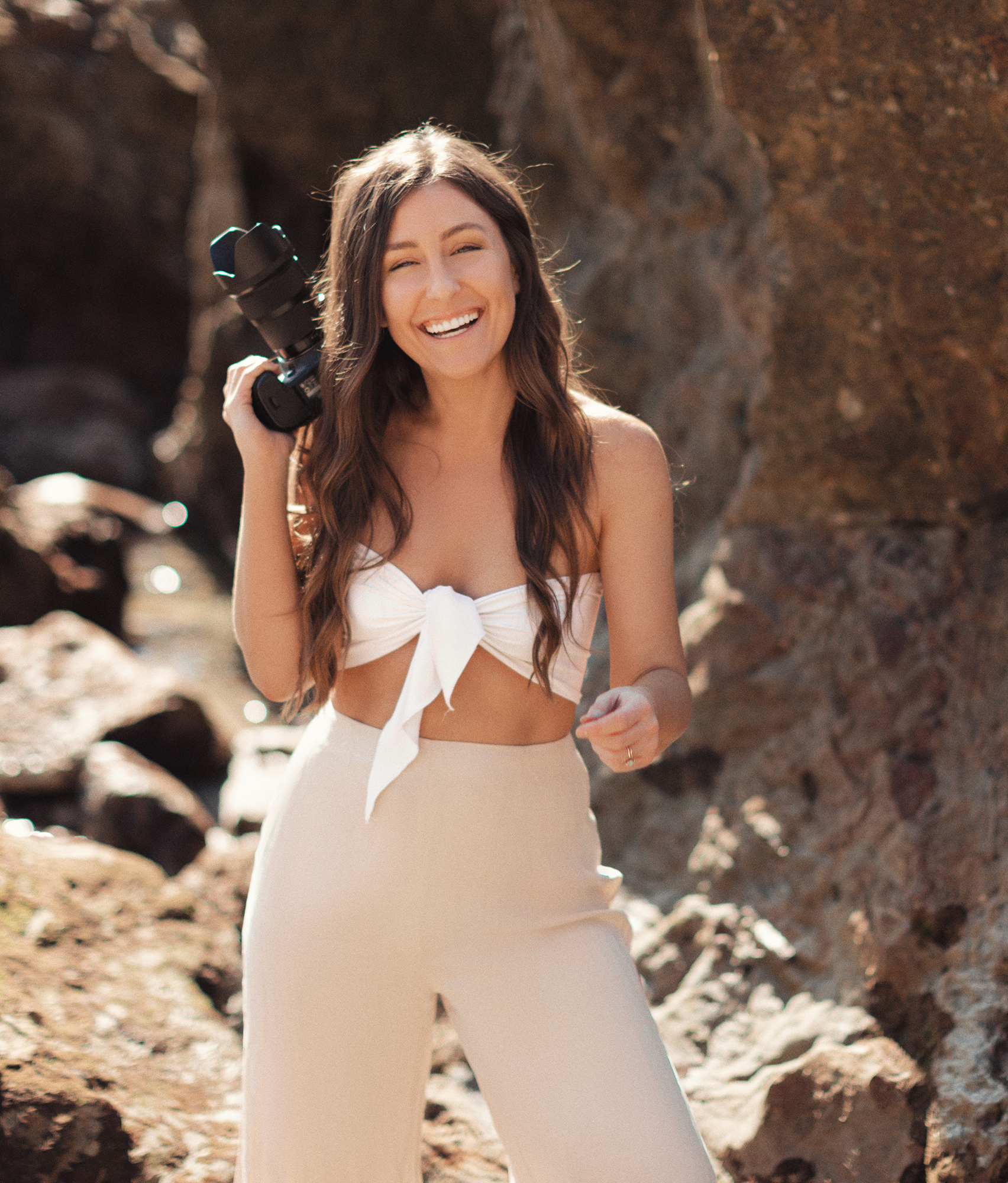

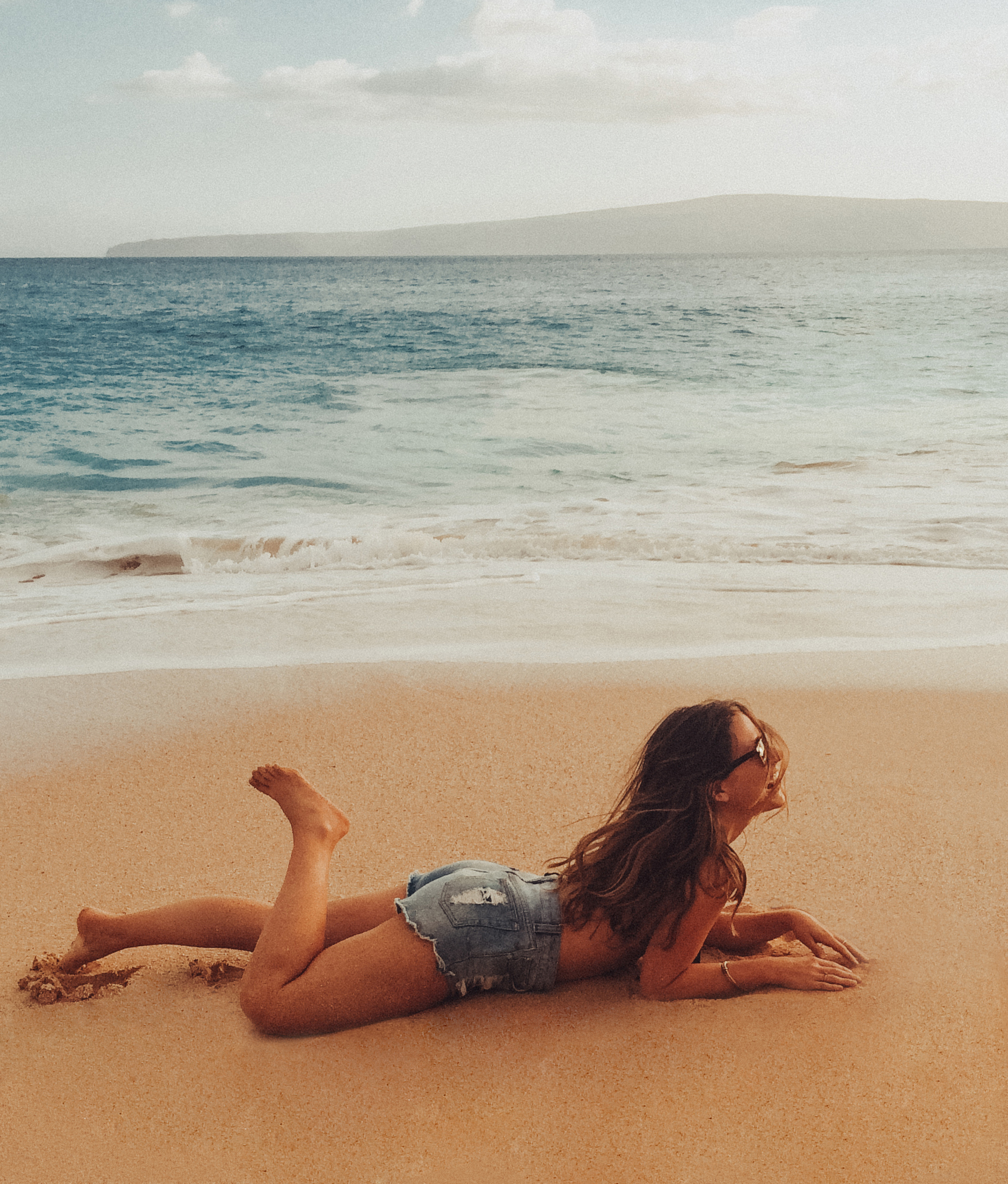

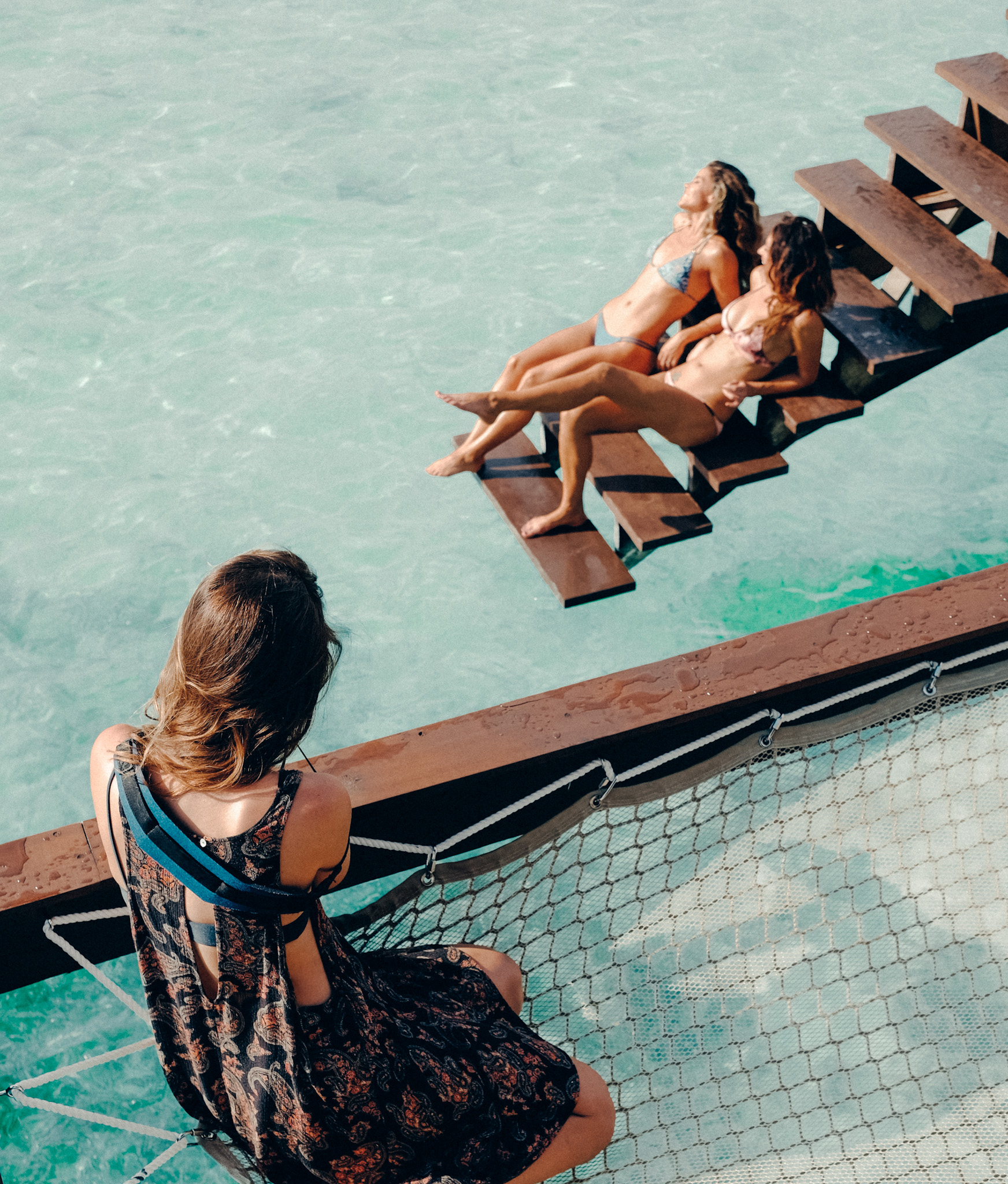
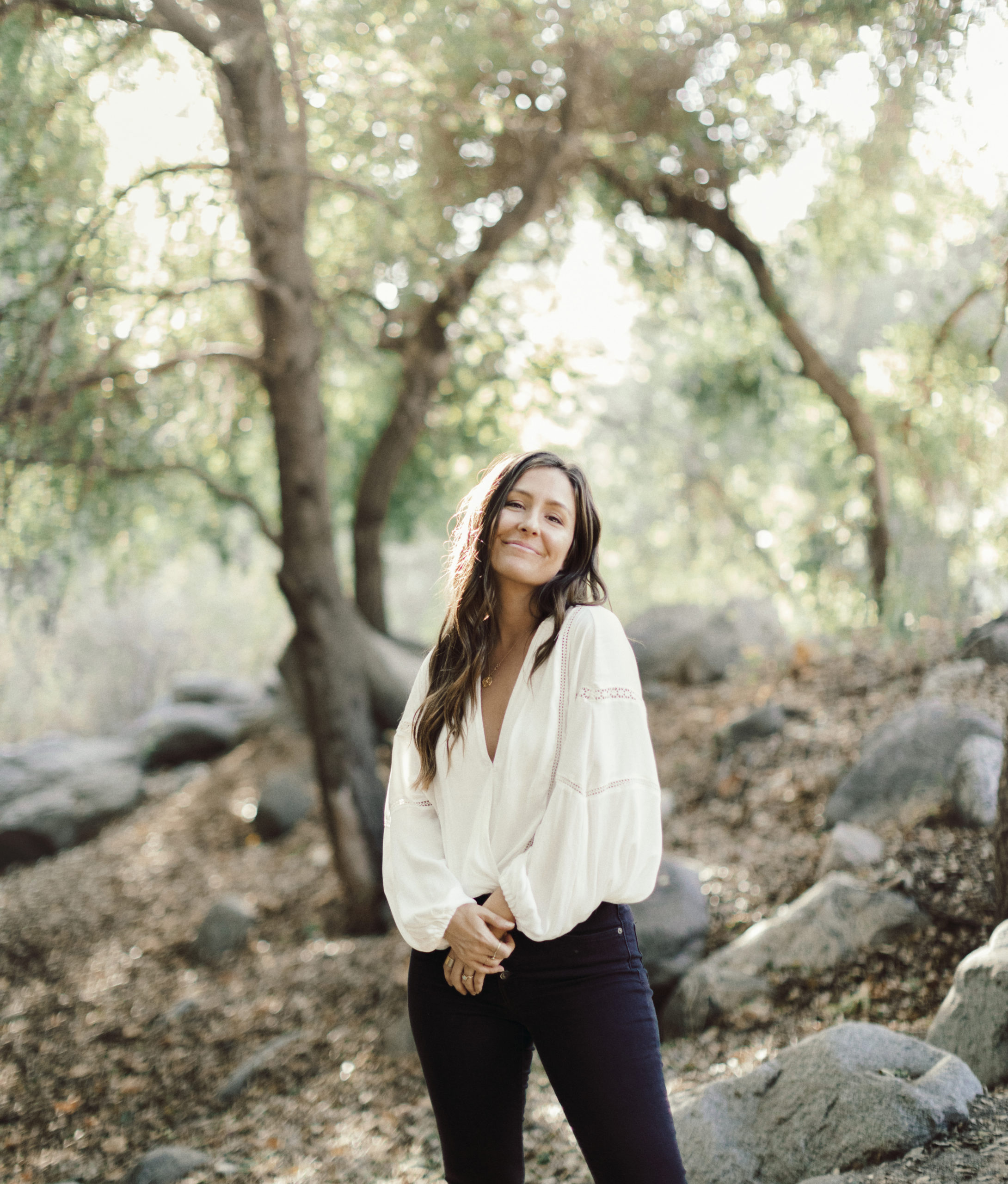



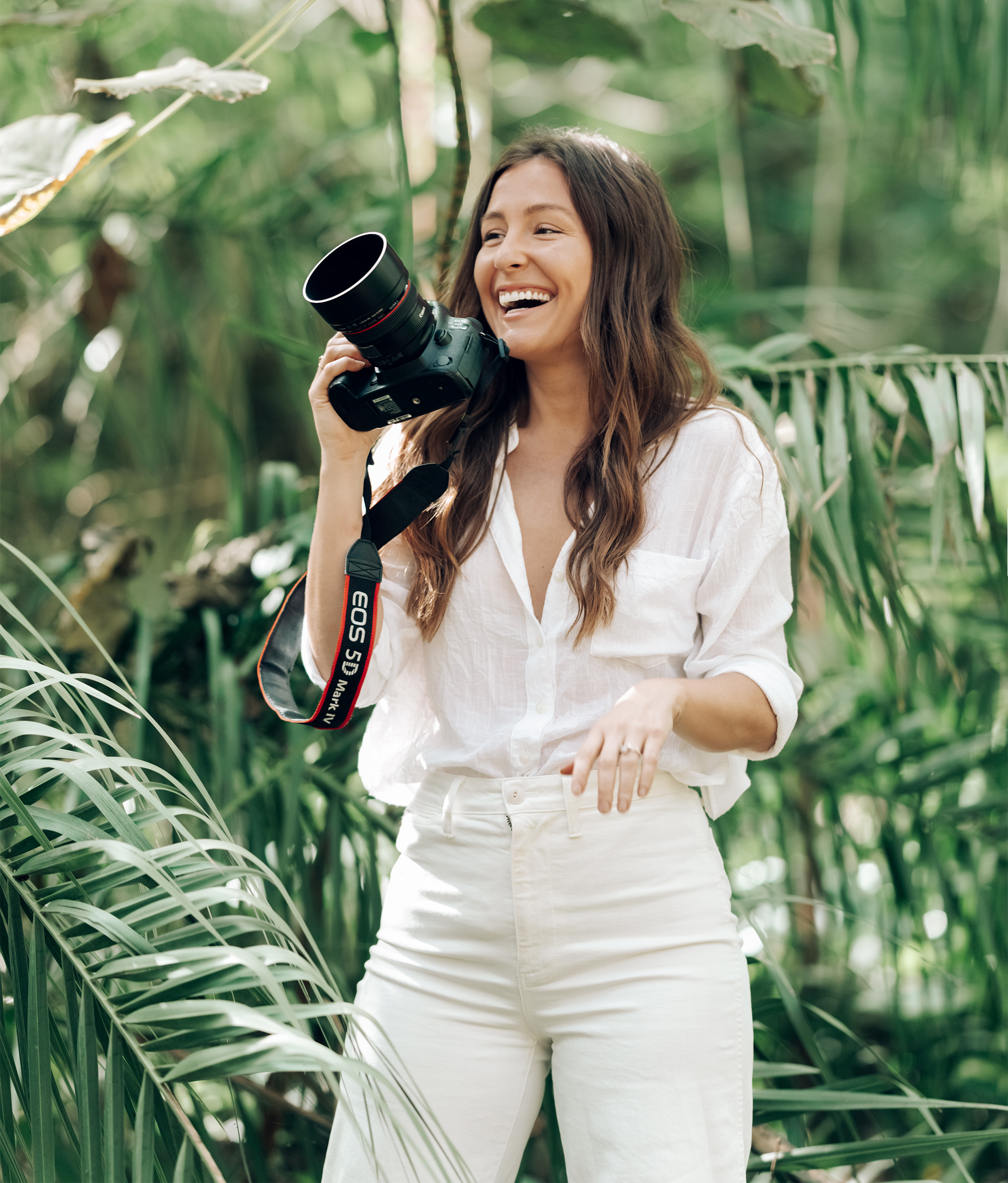
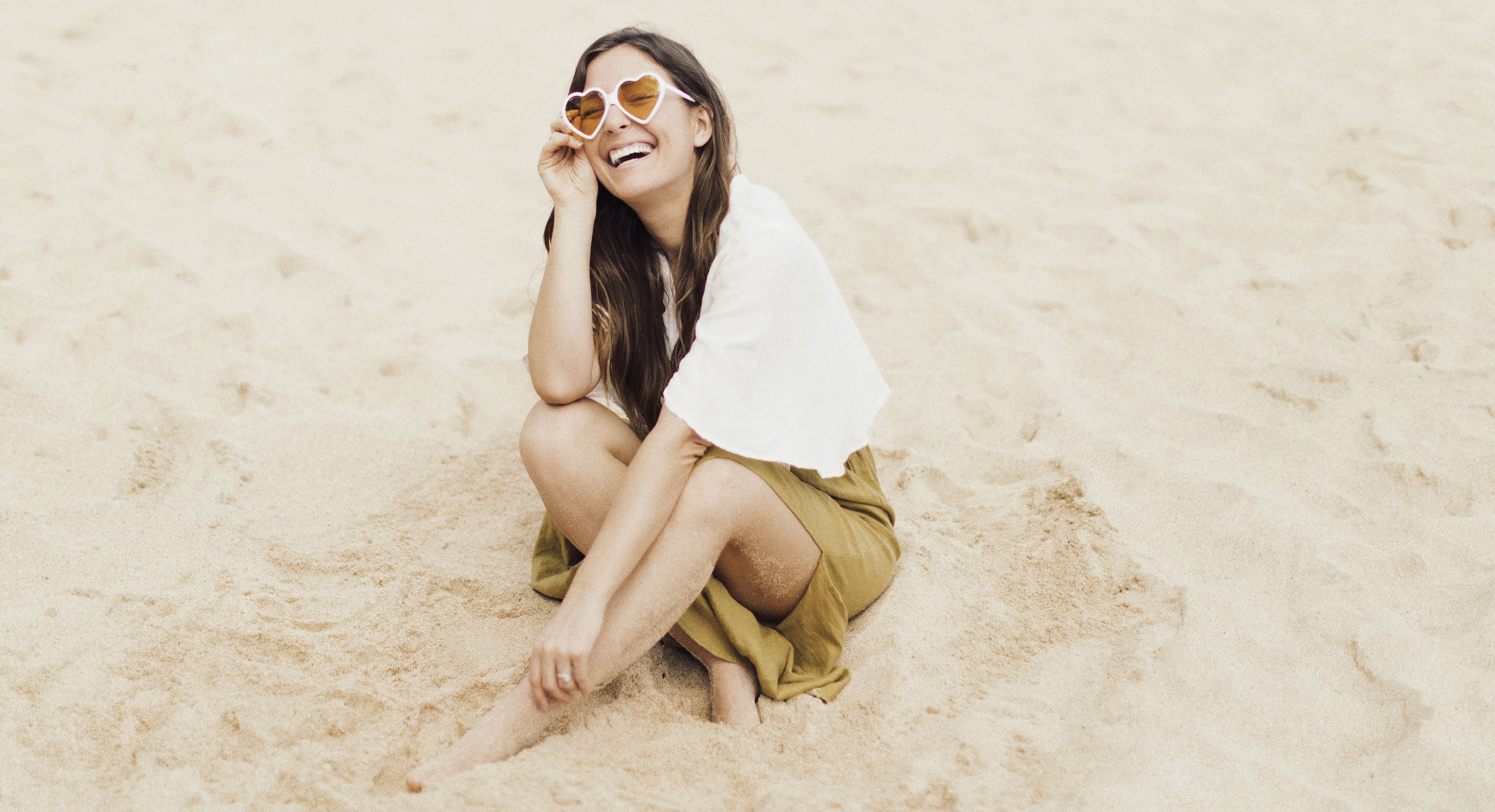
COMMENTS